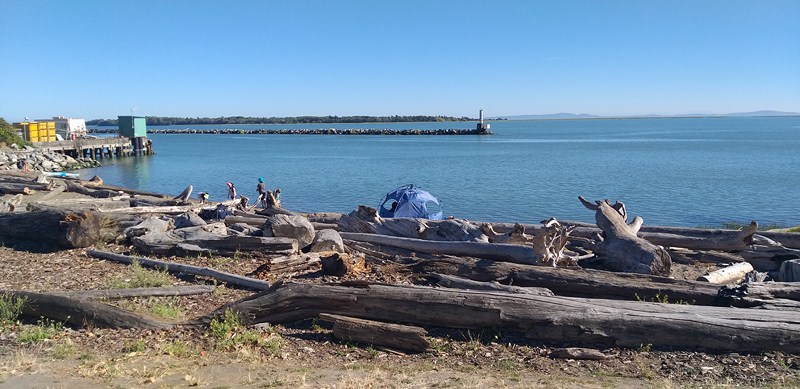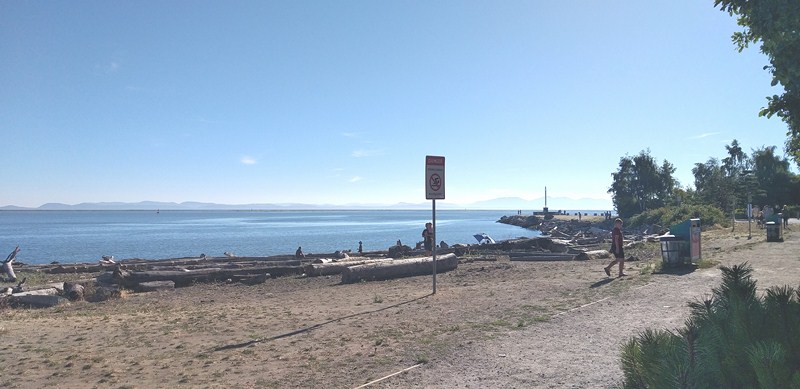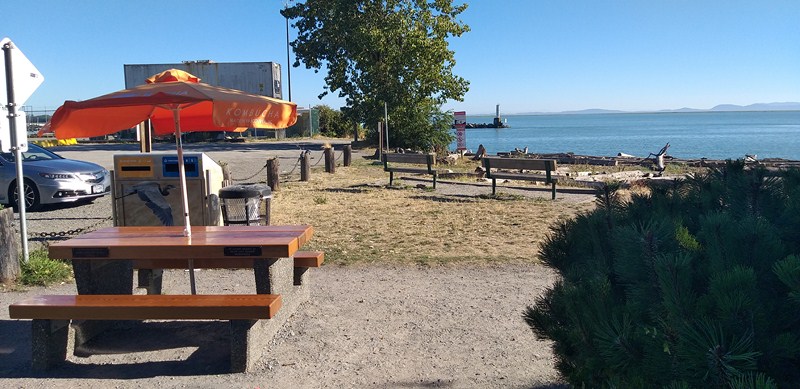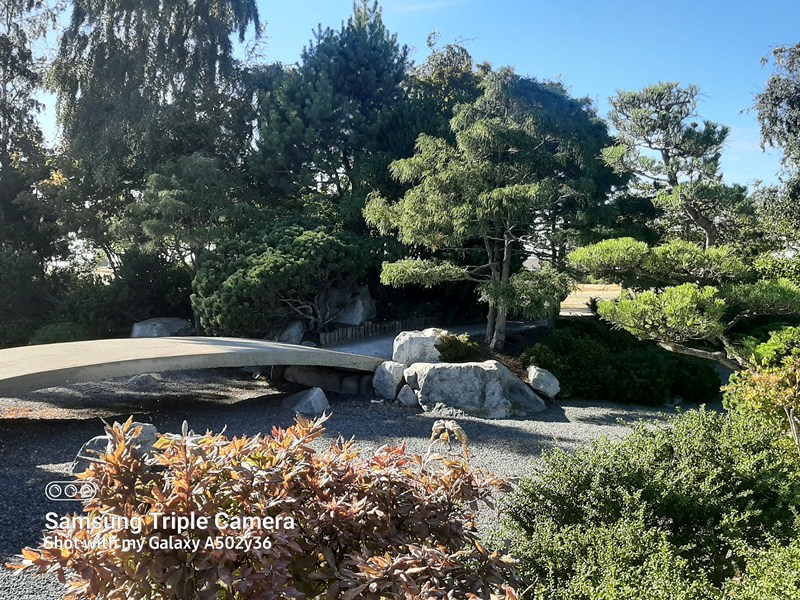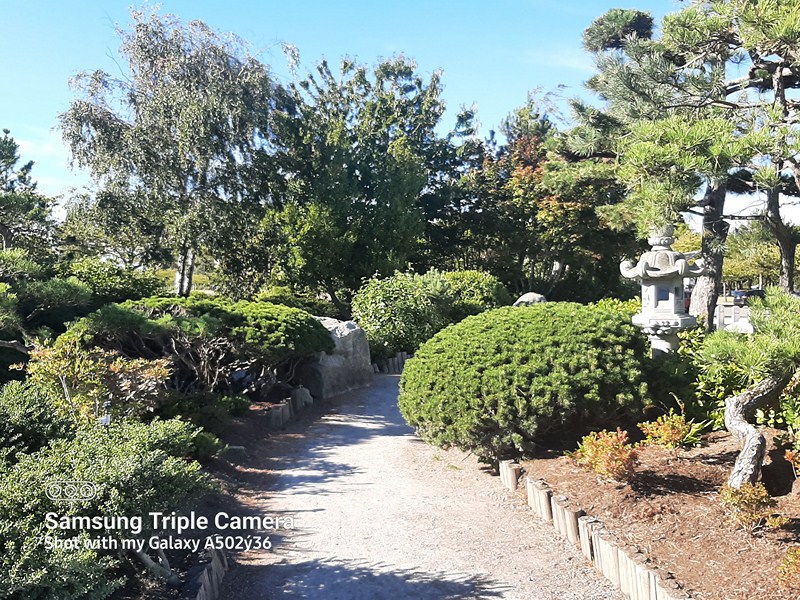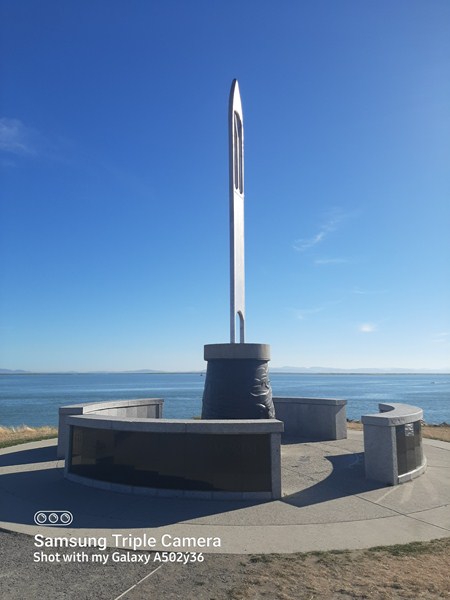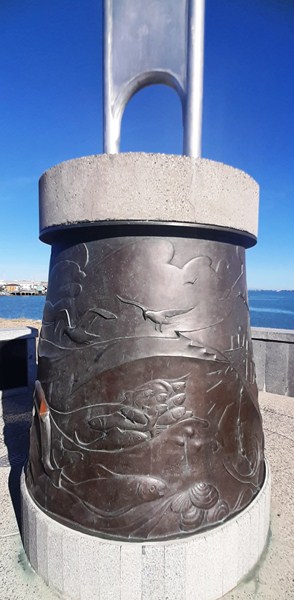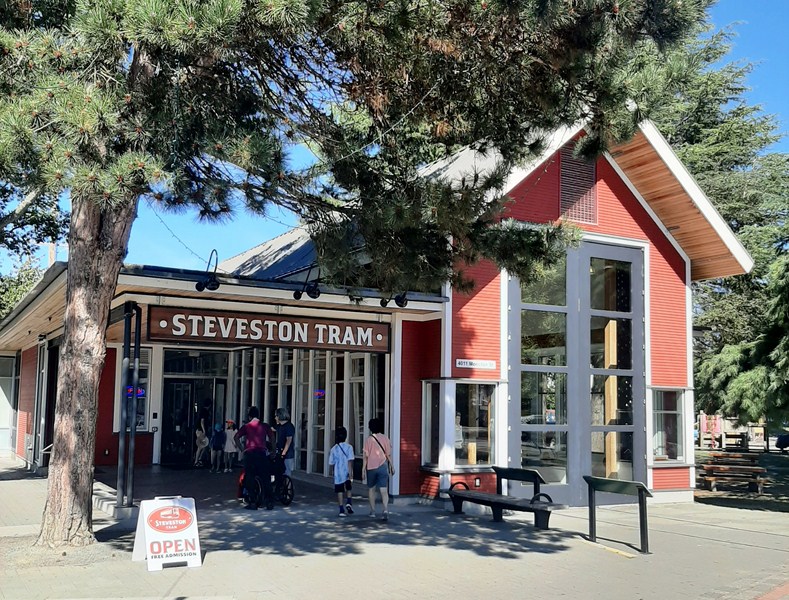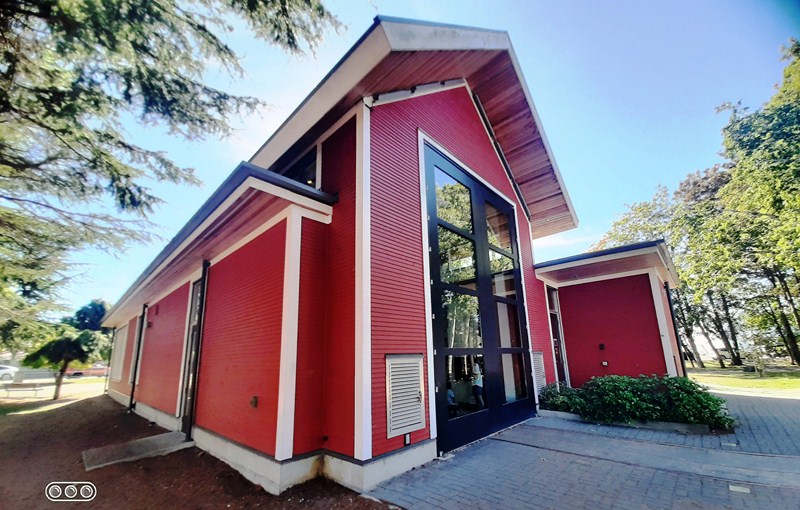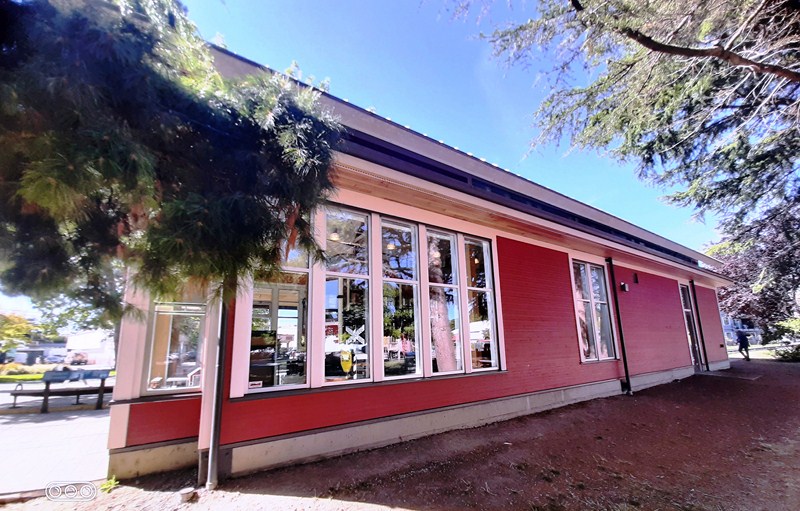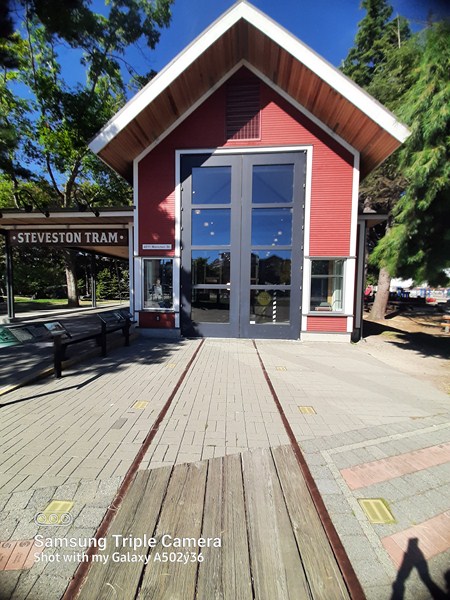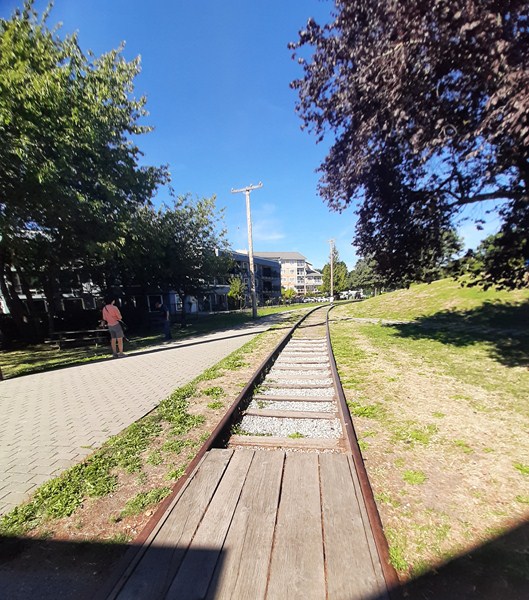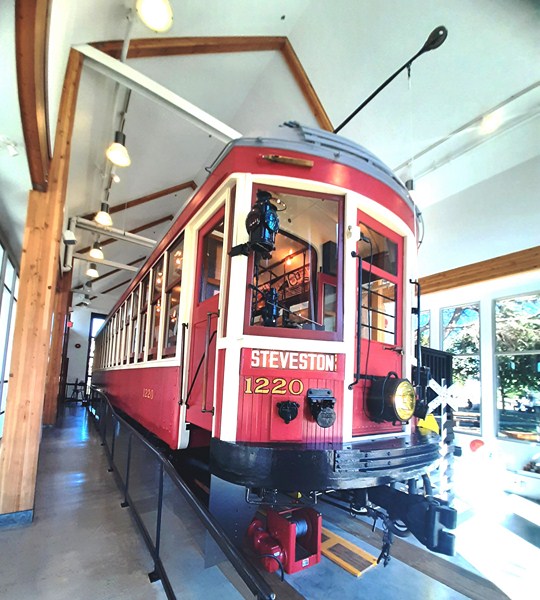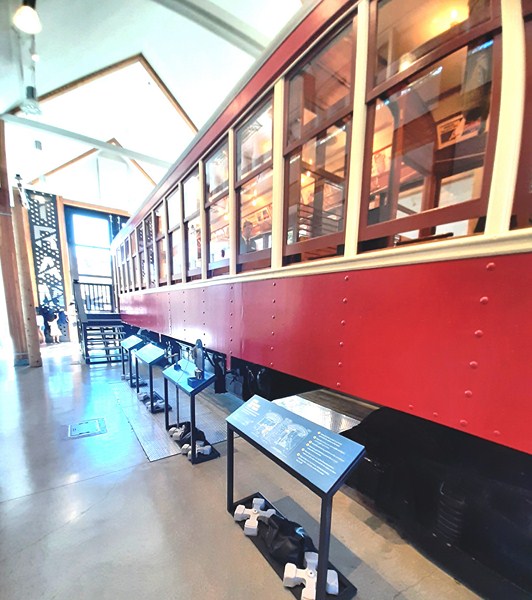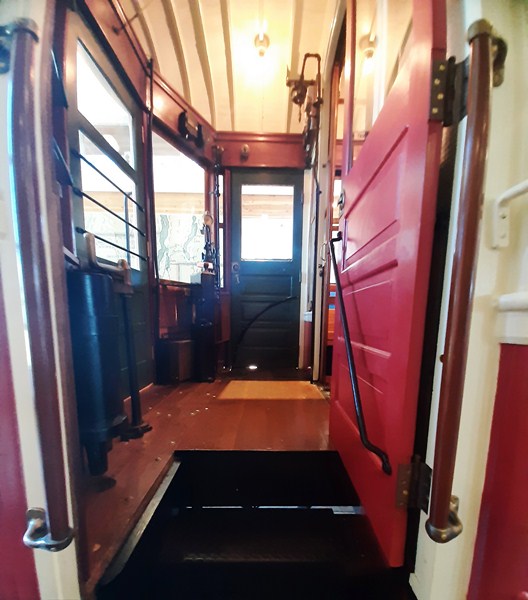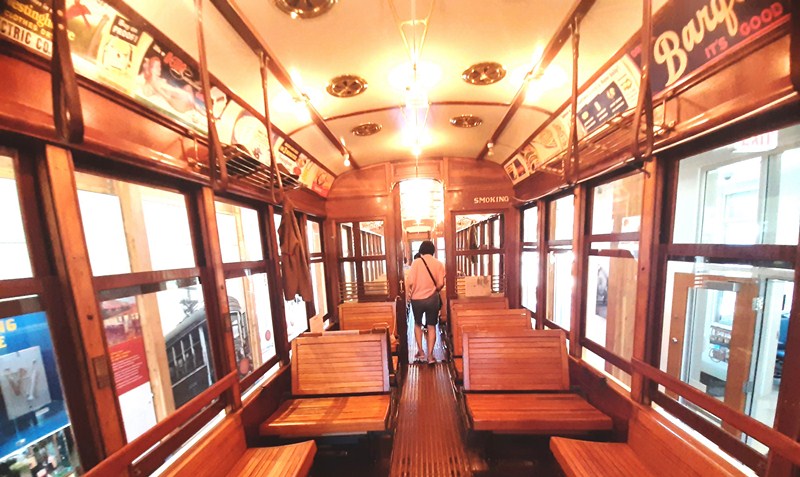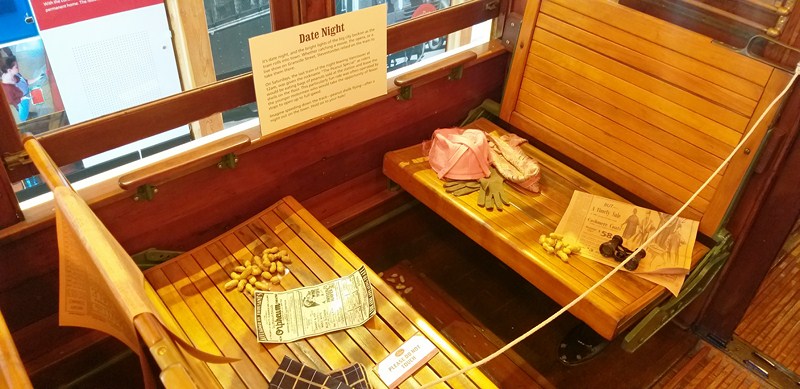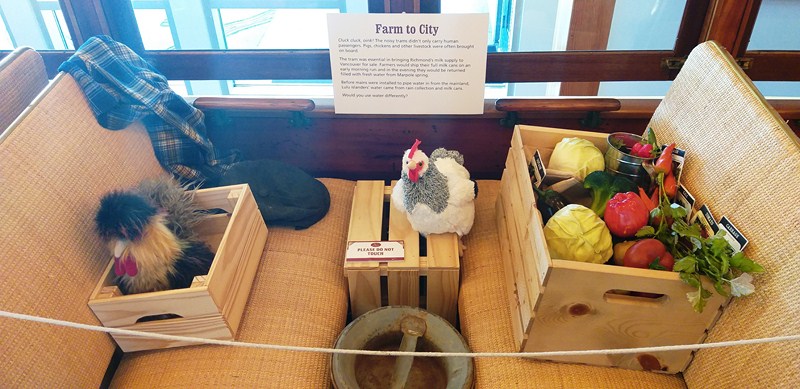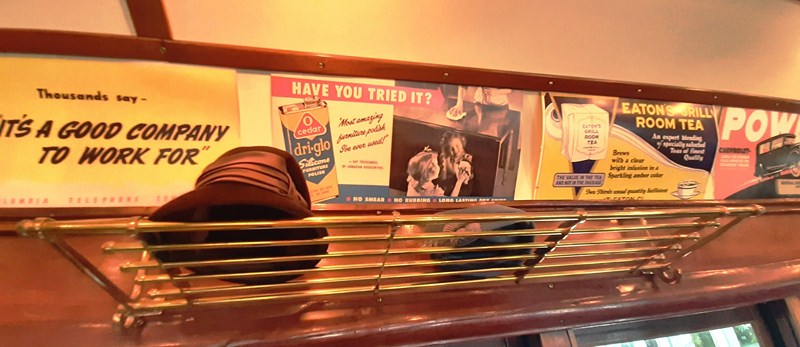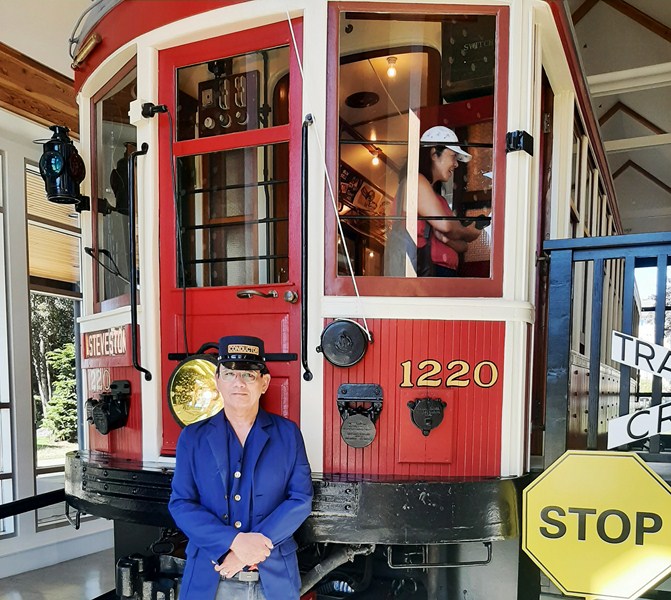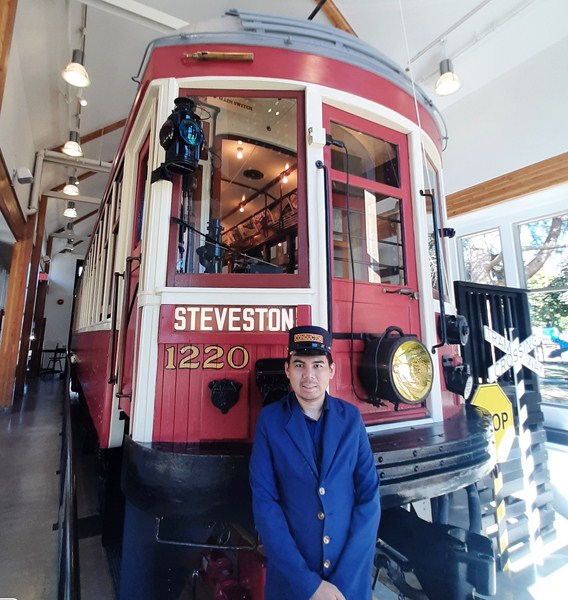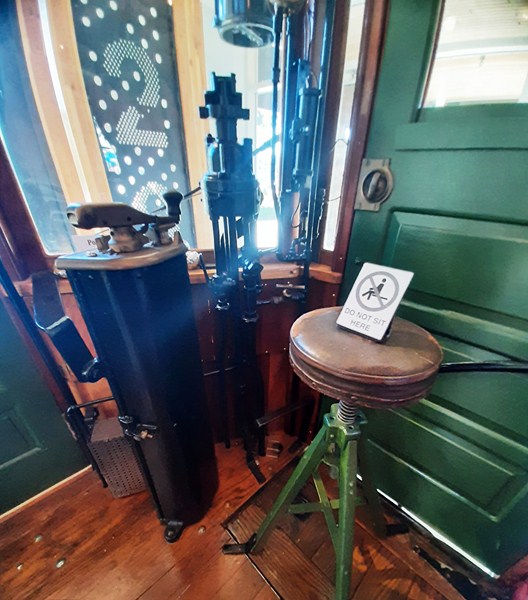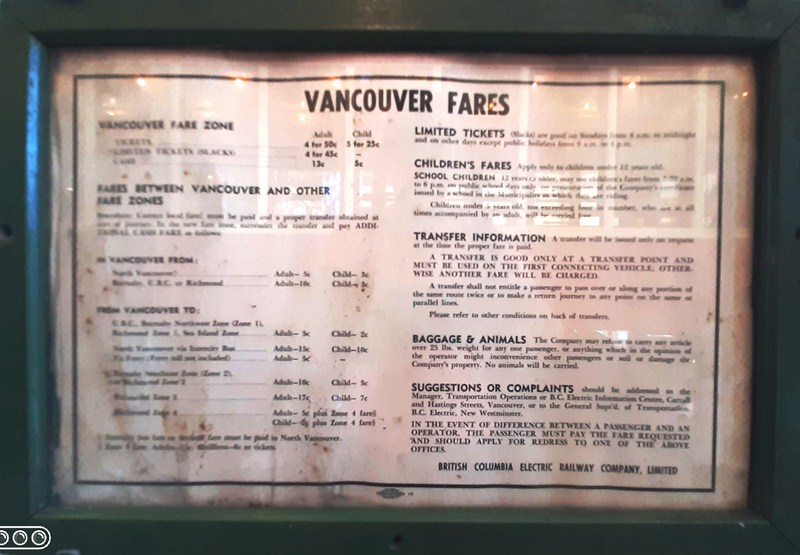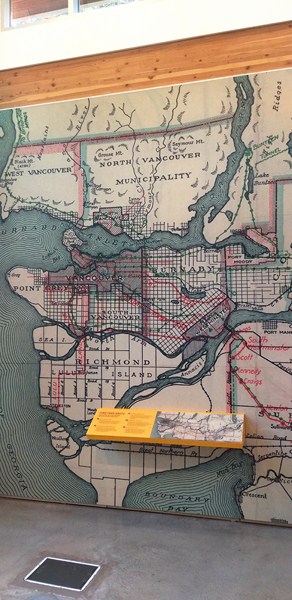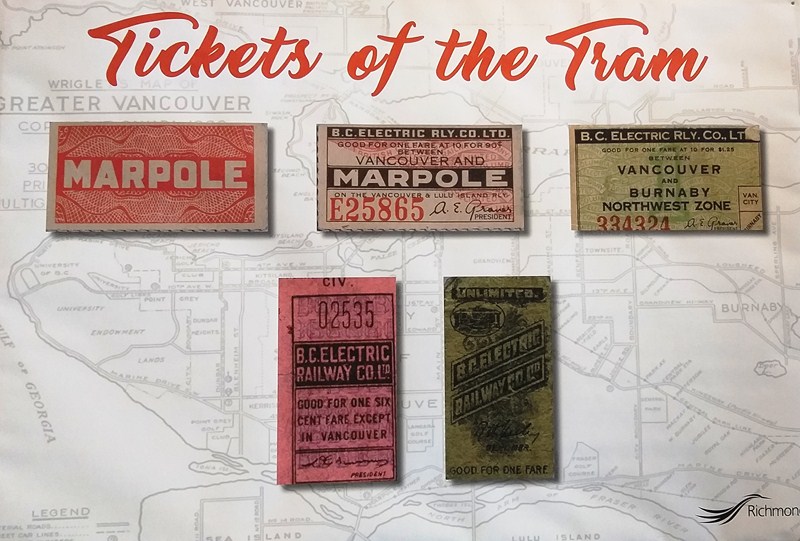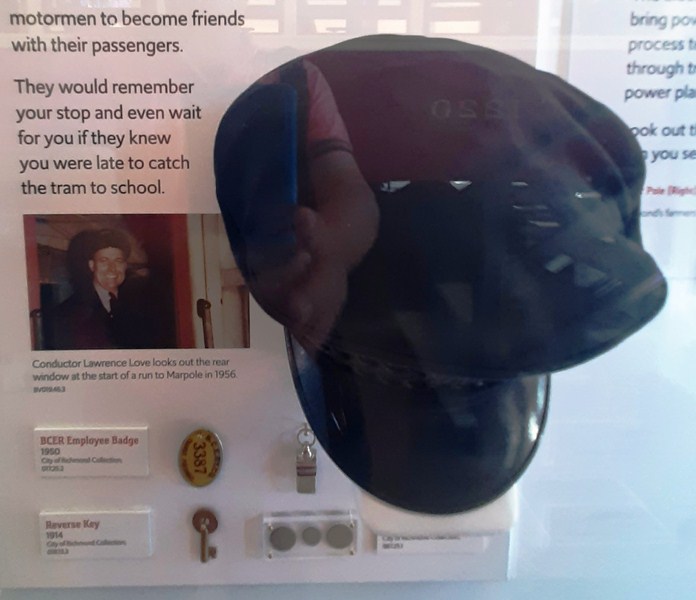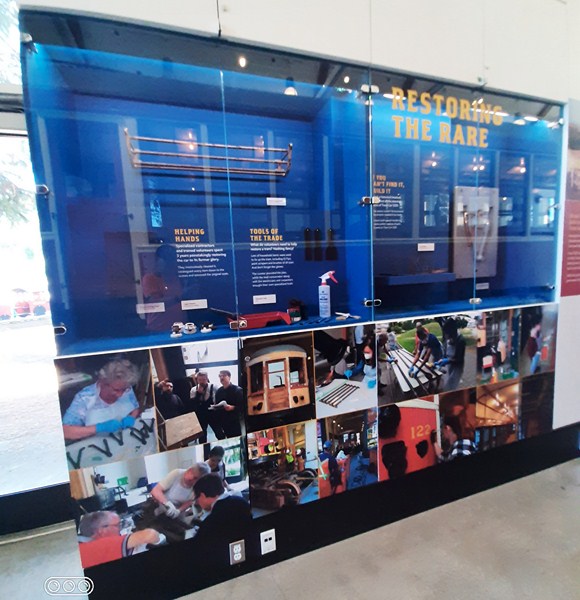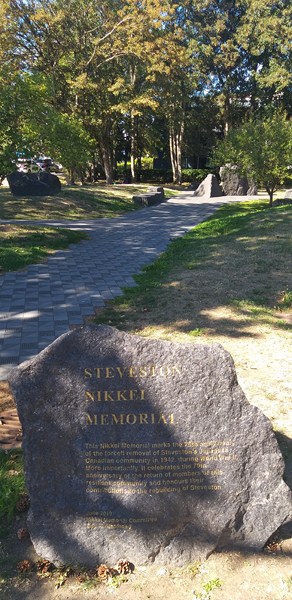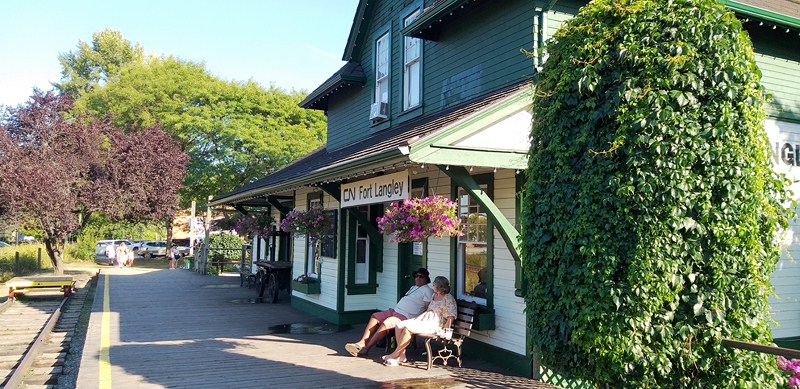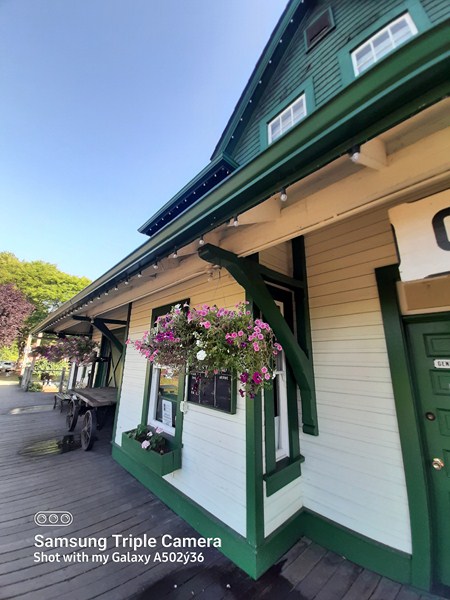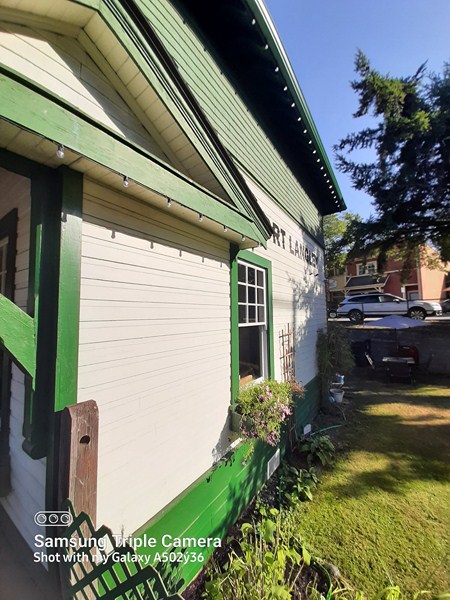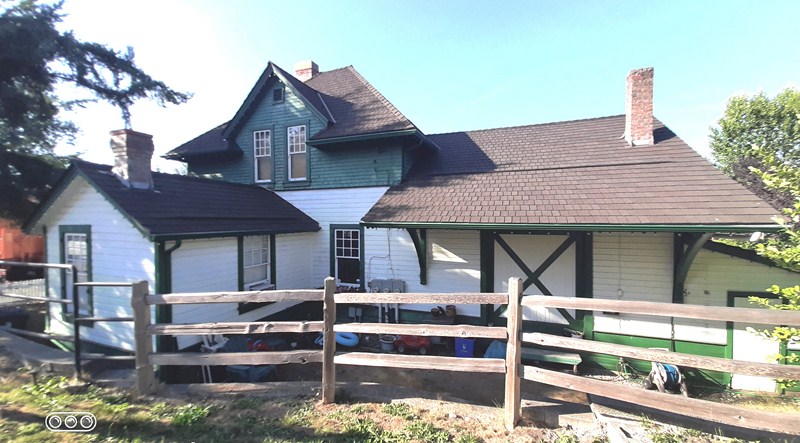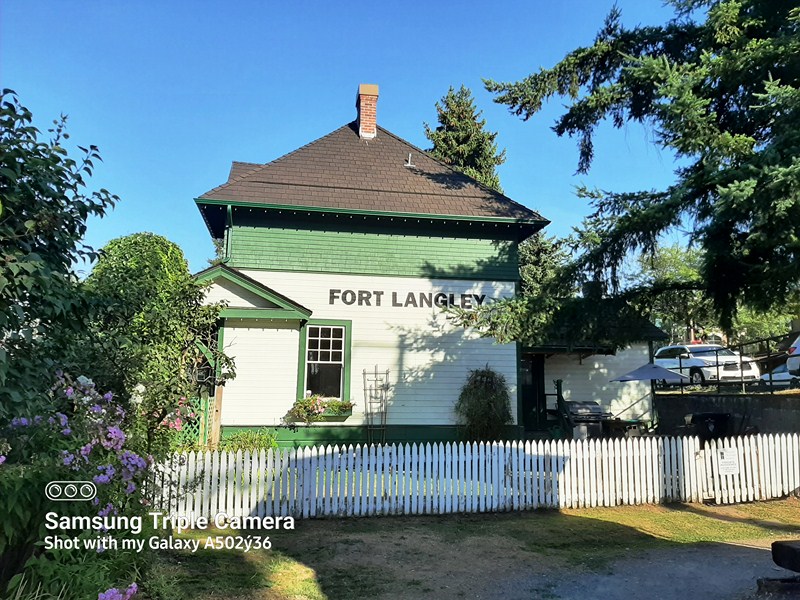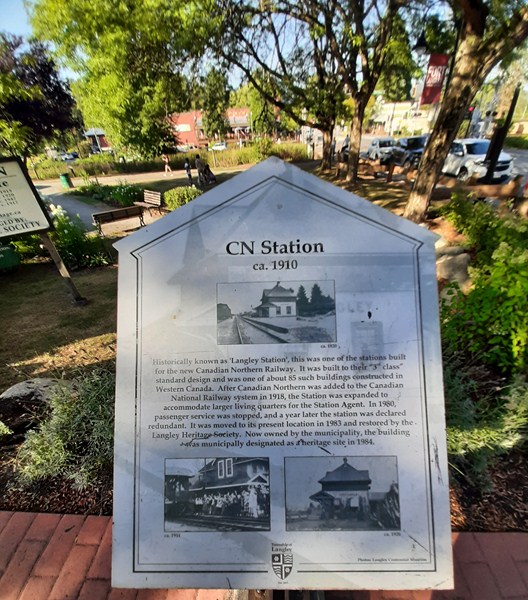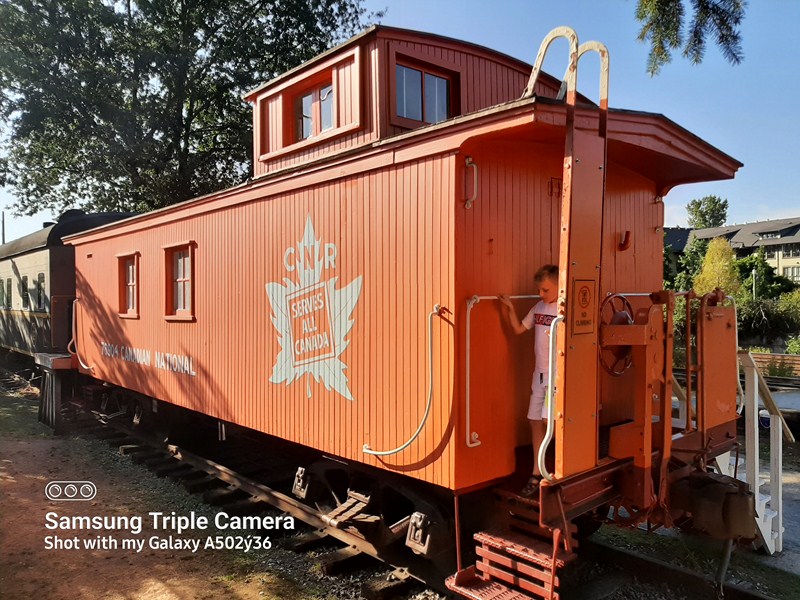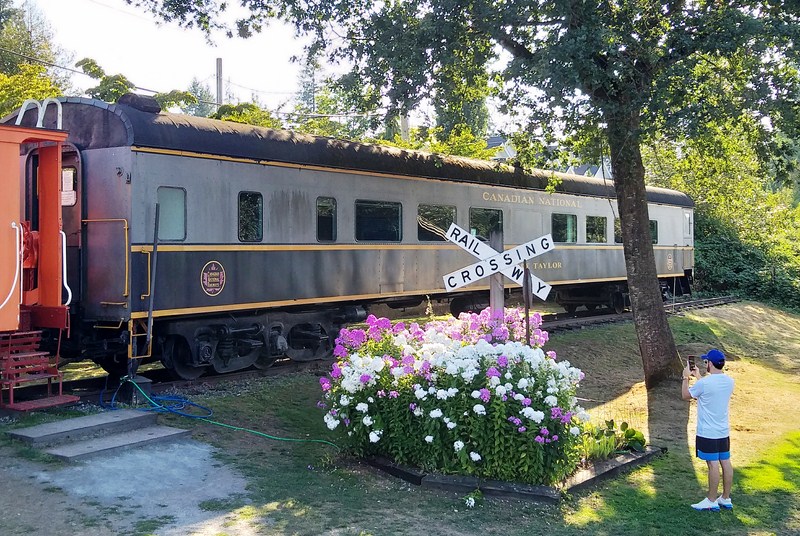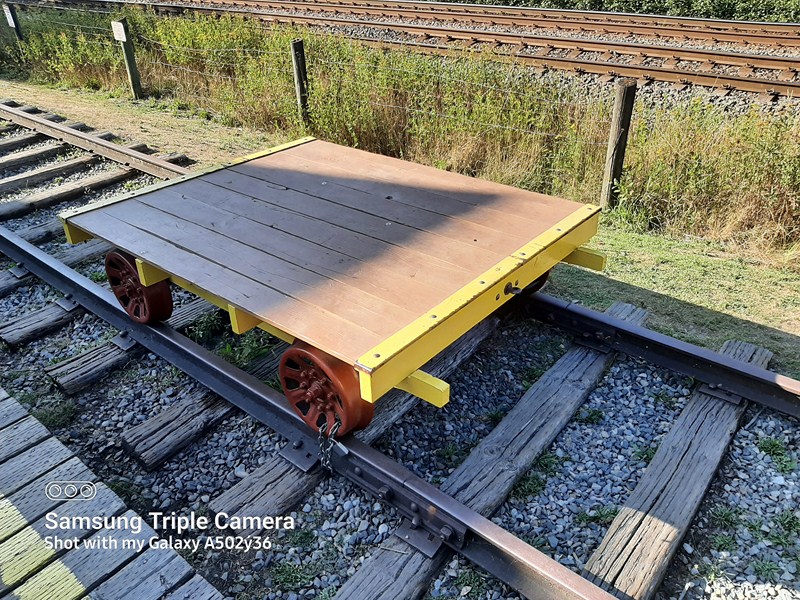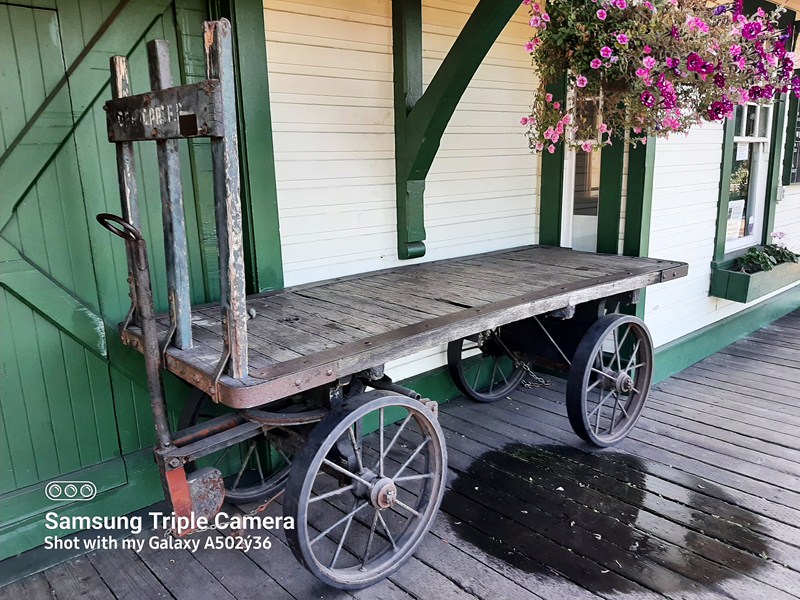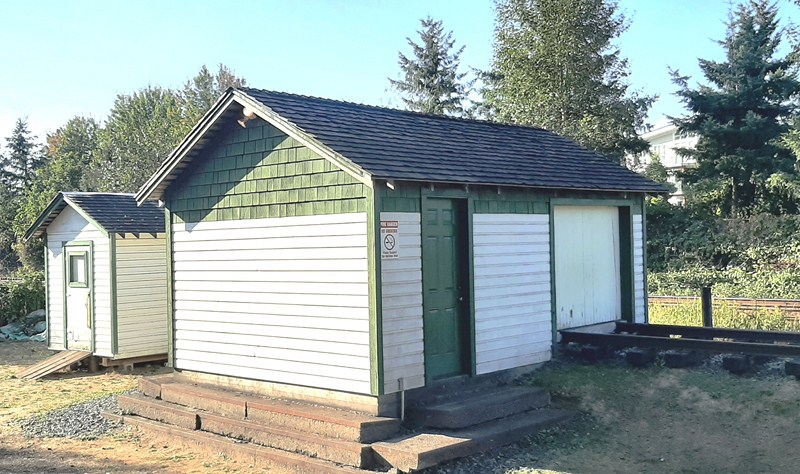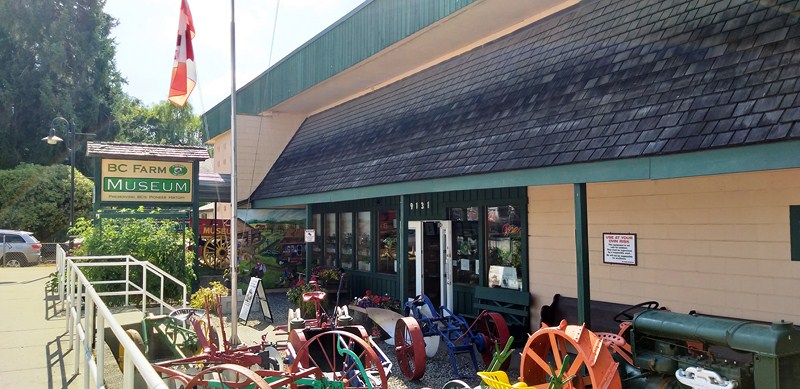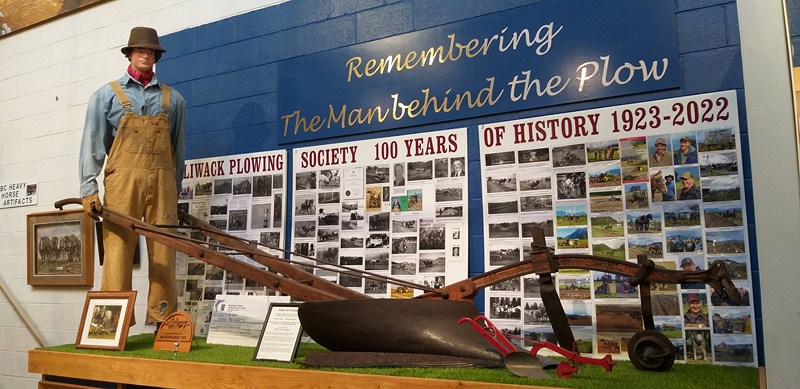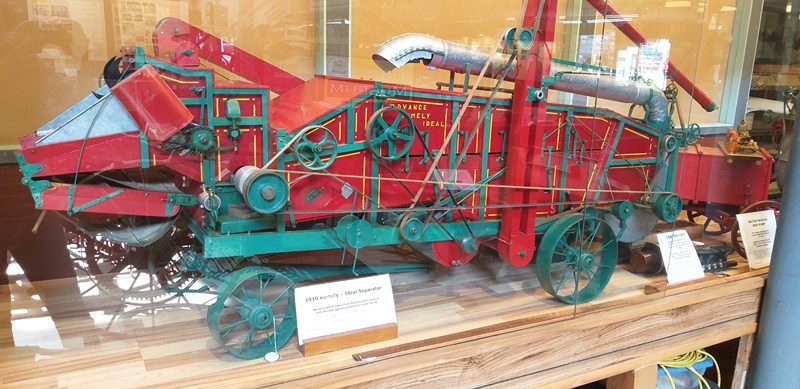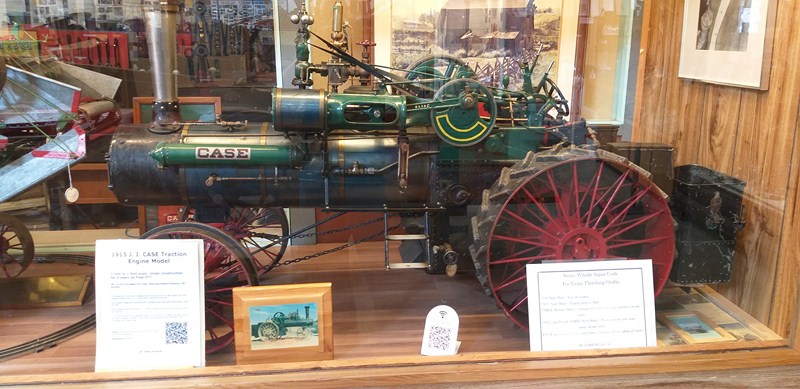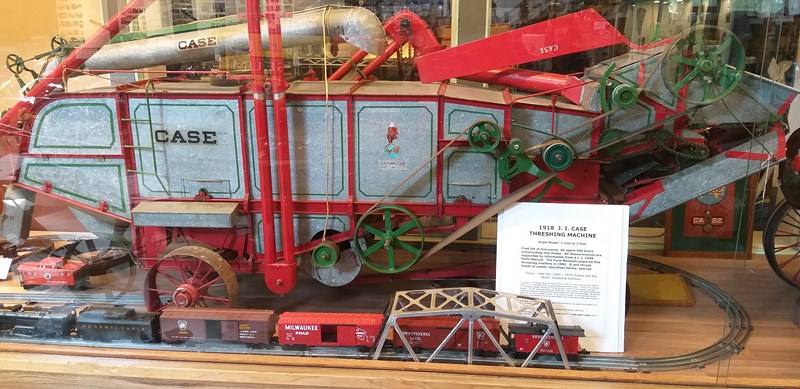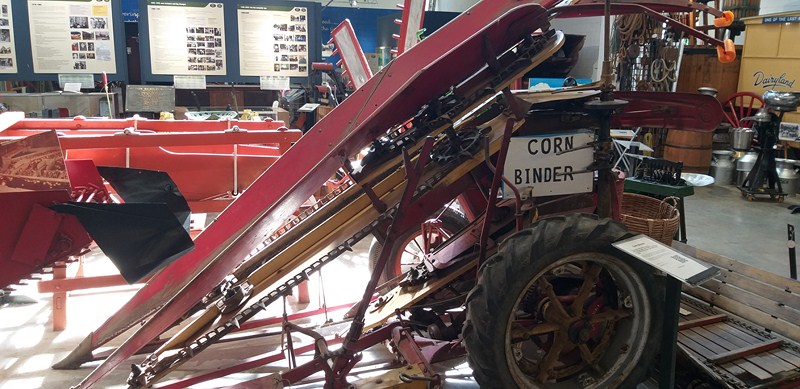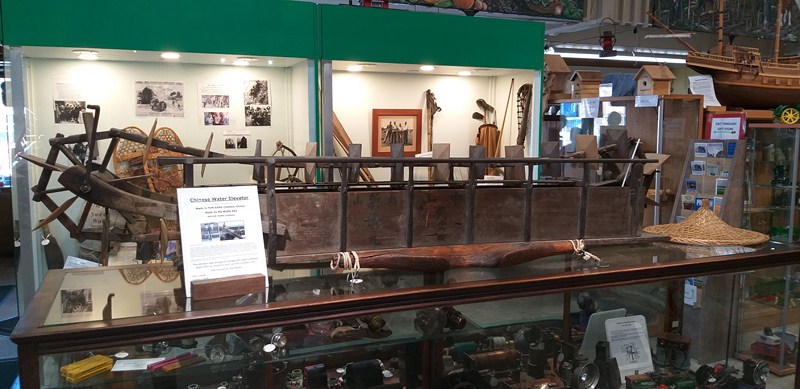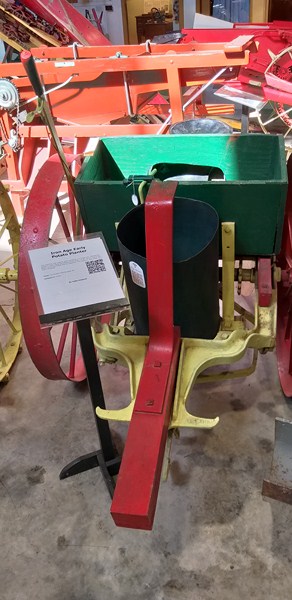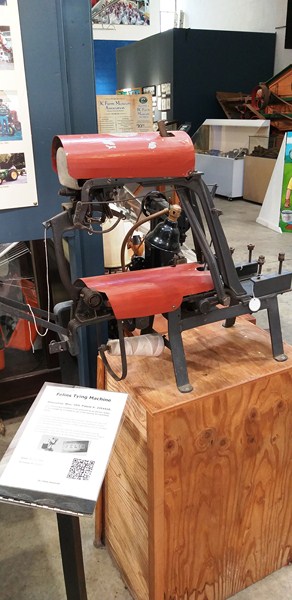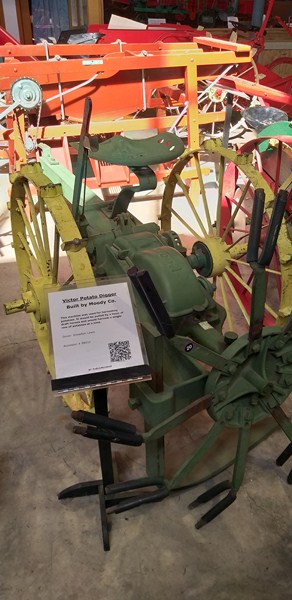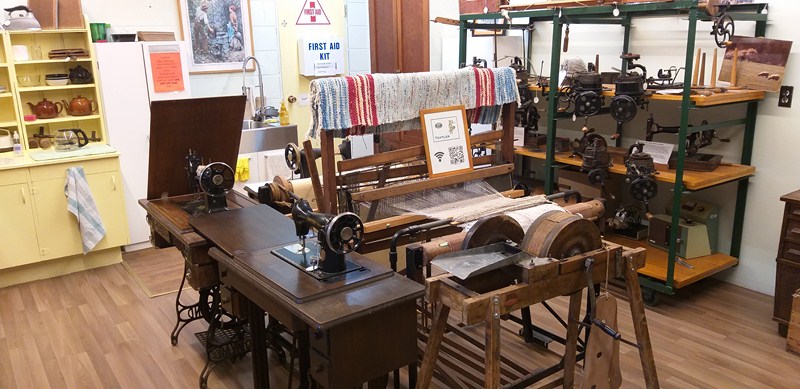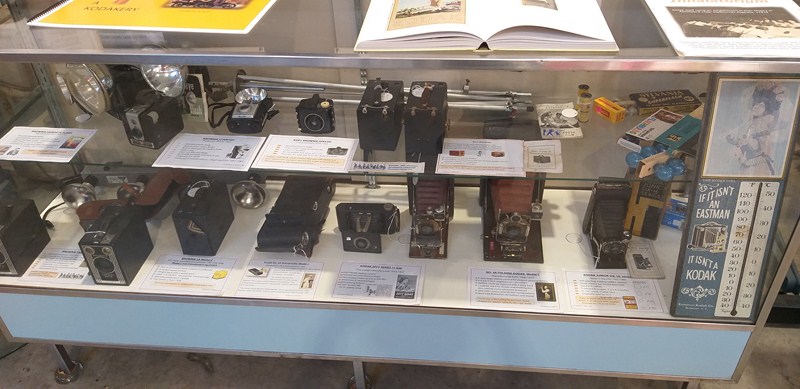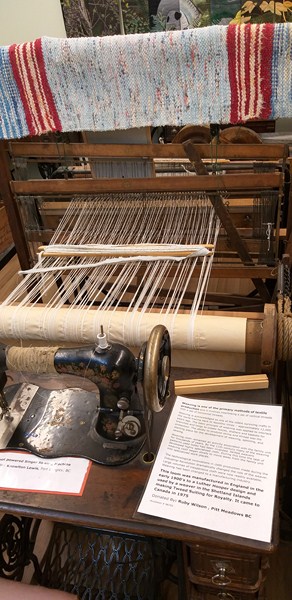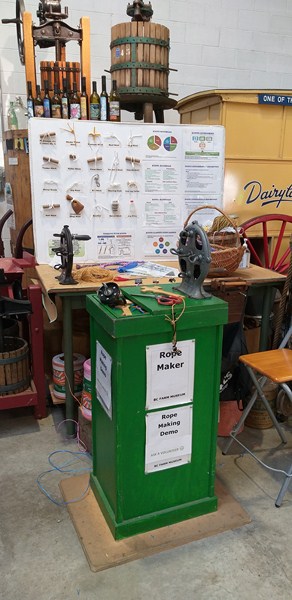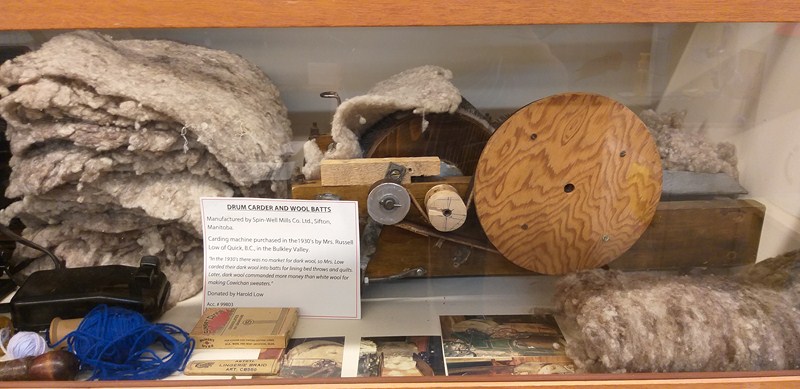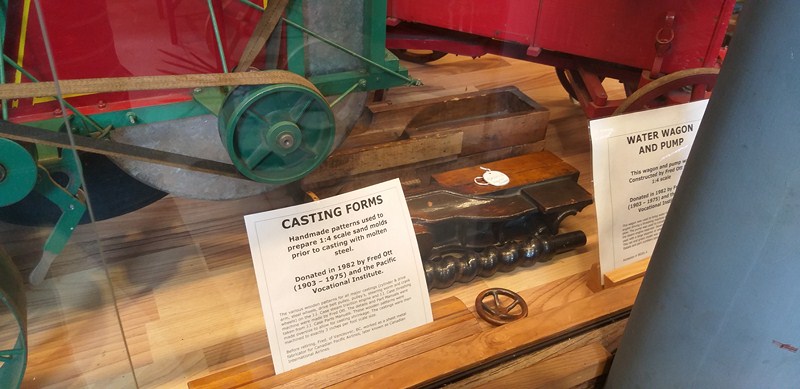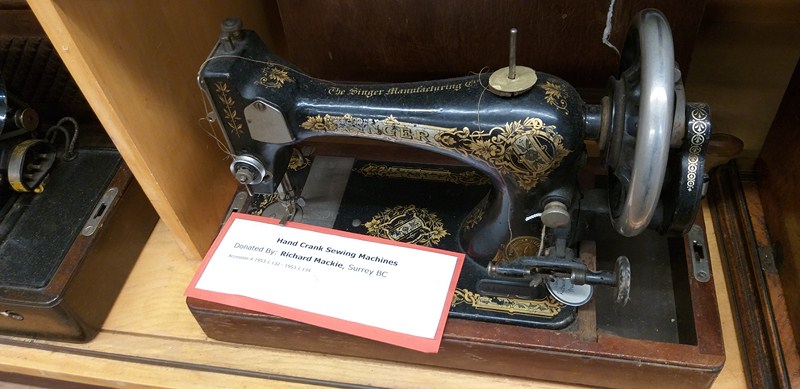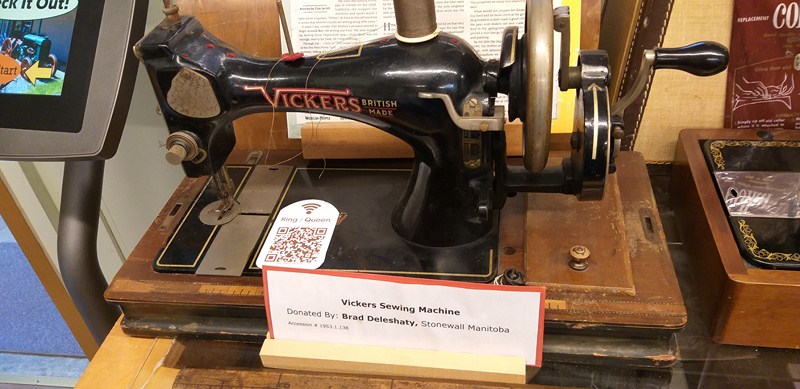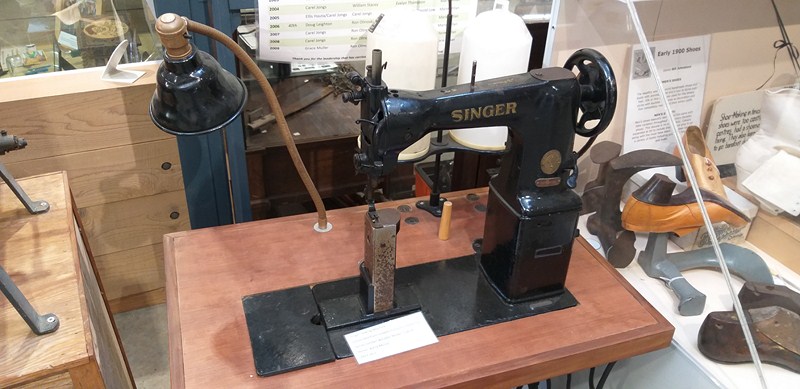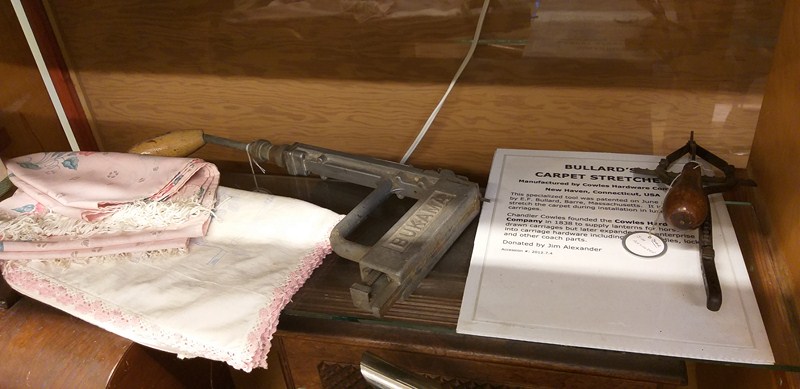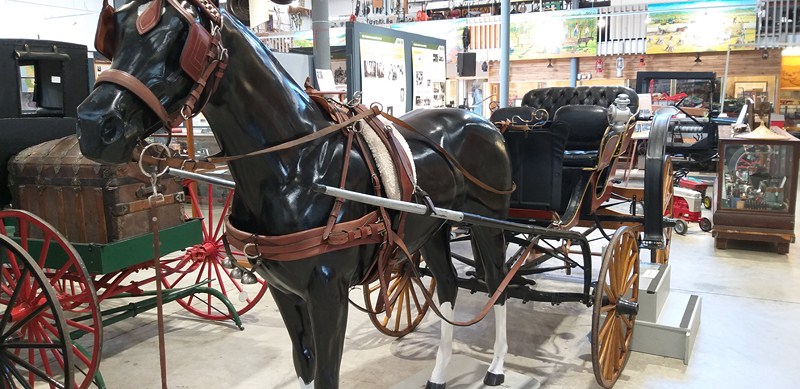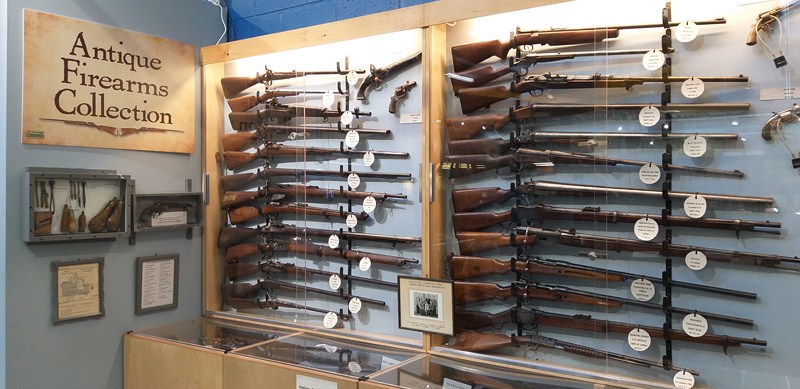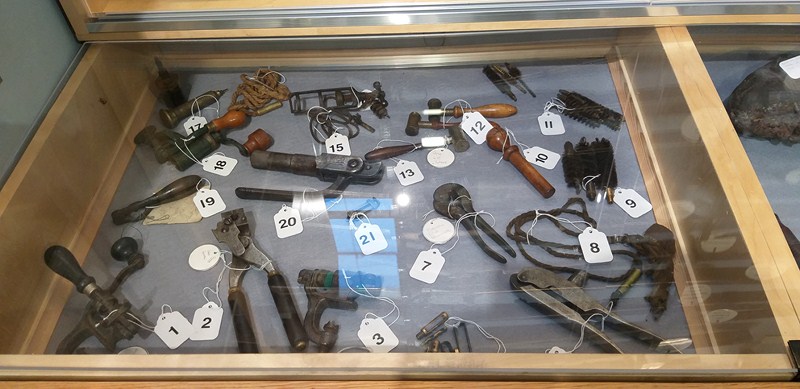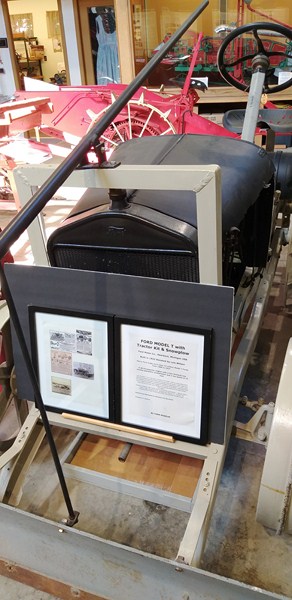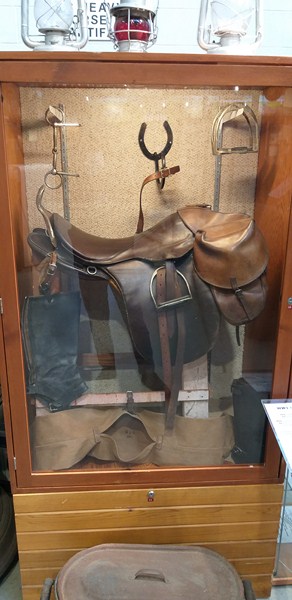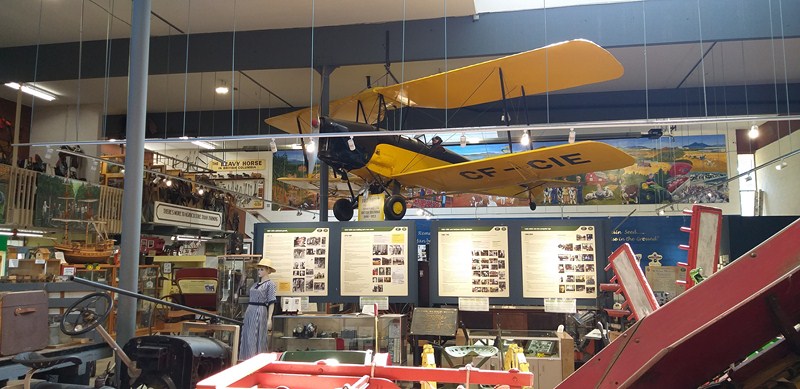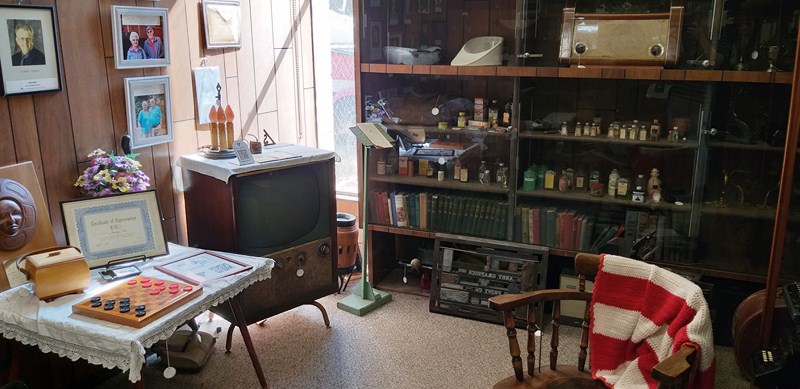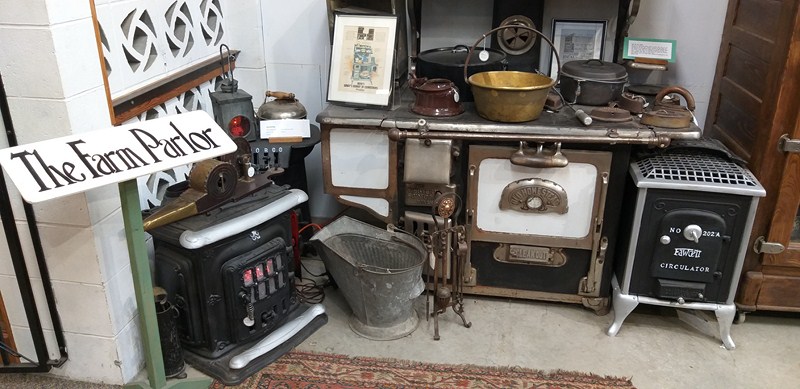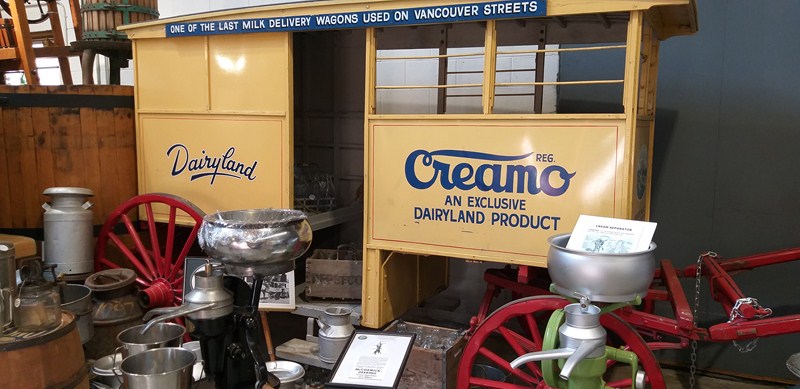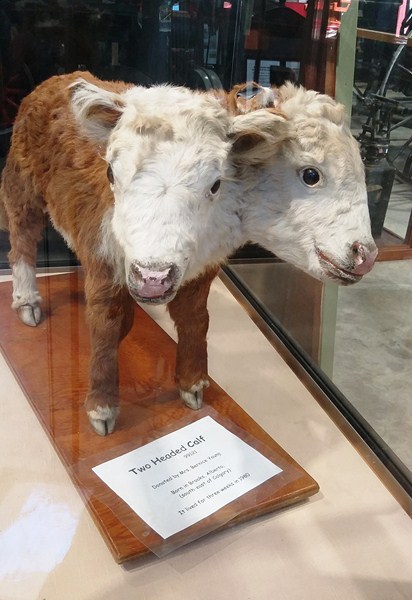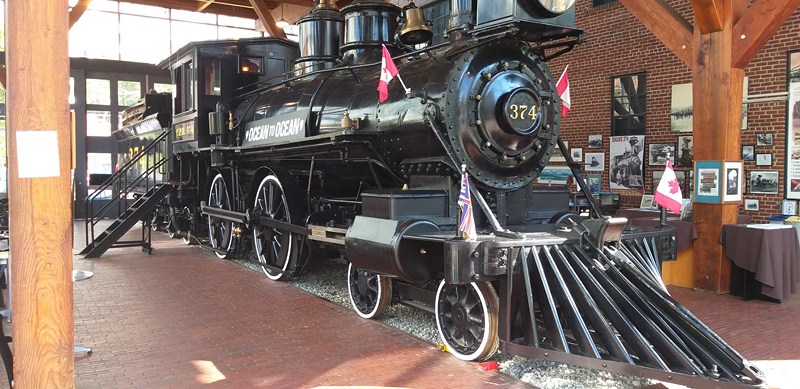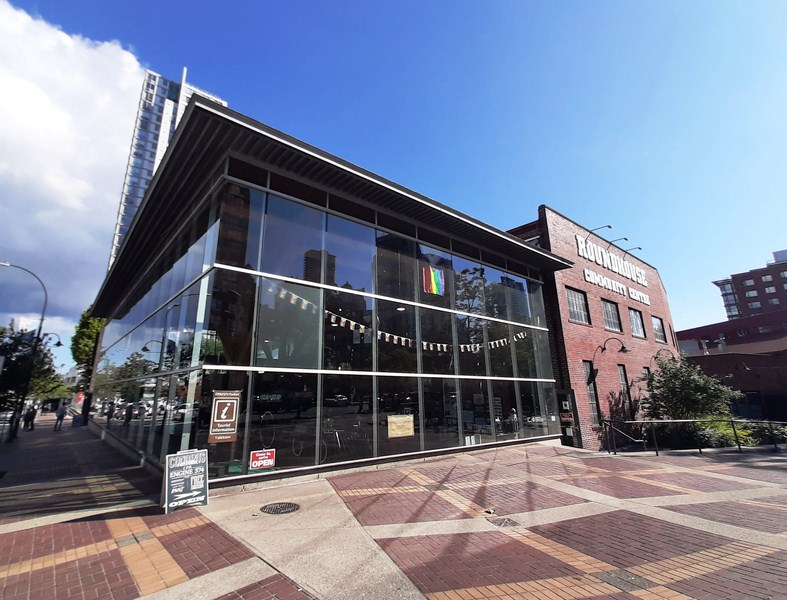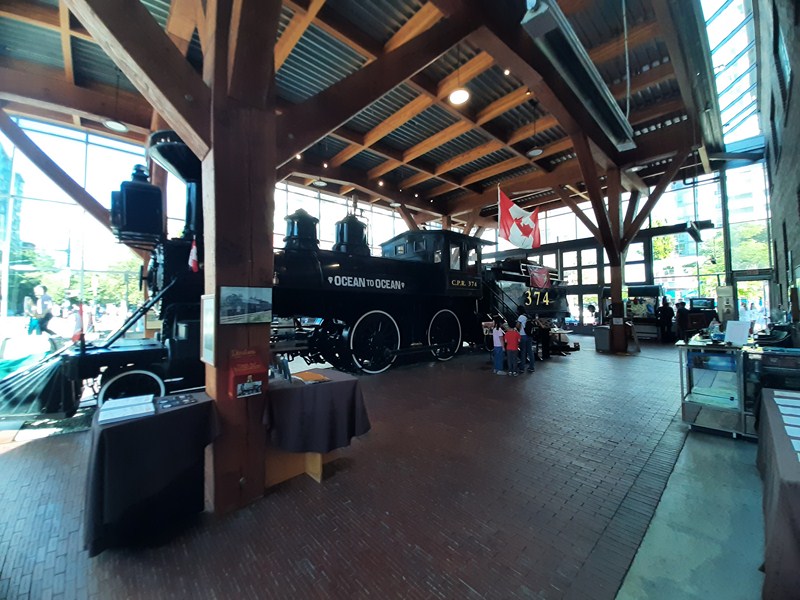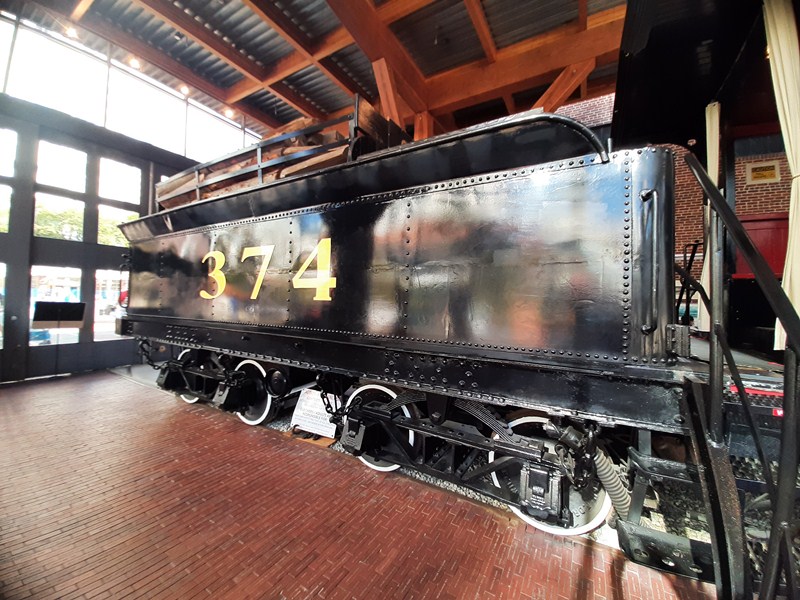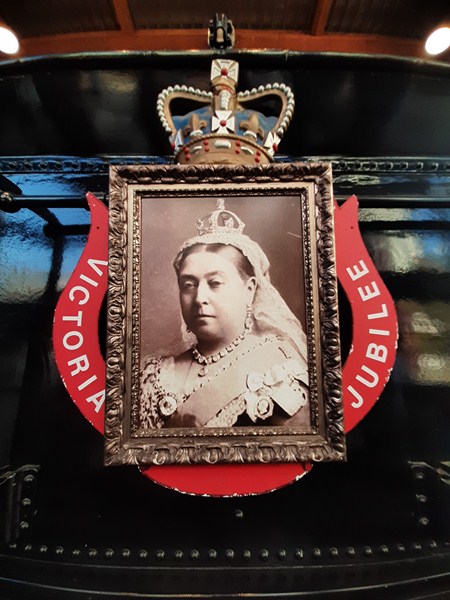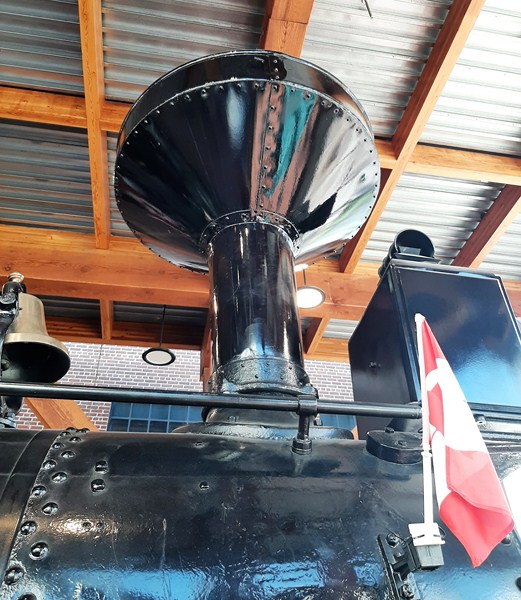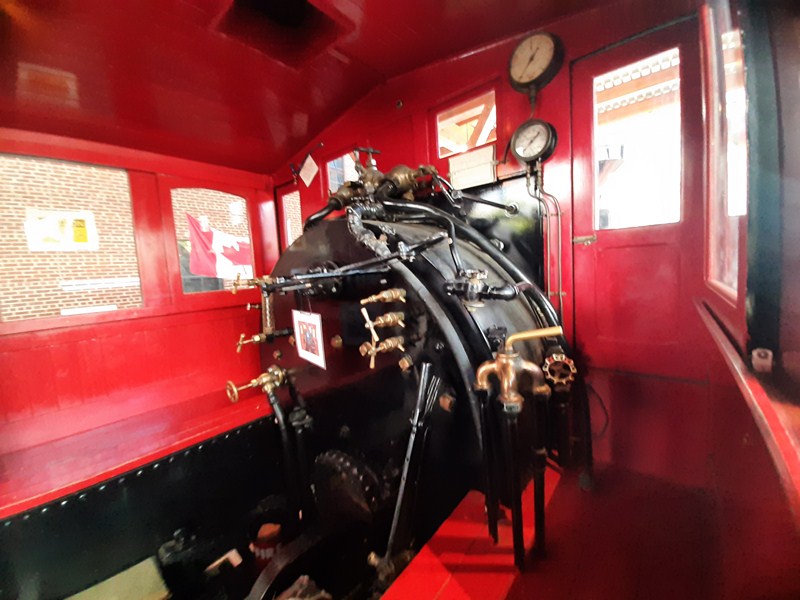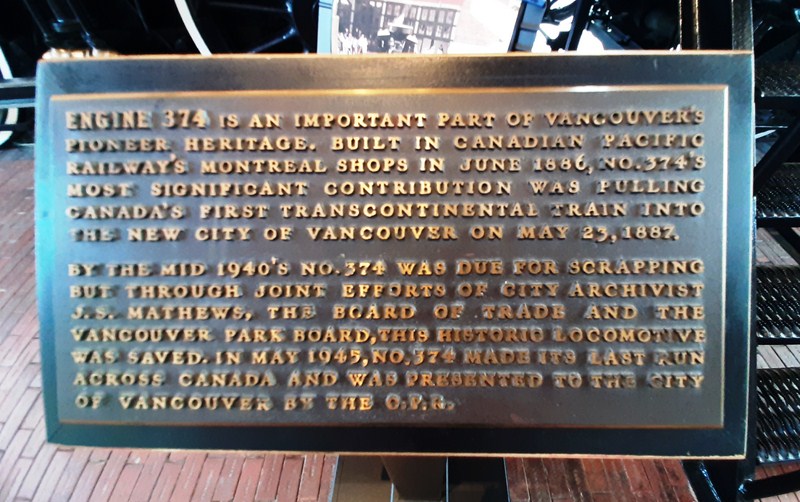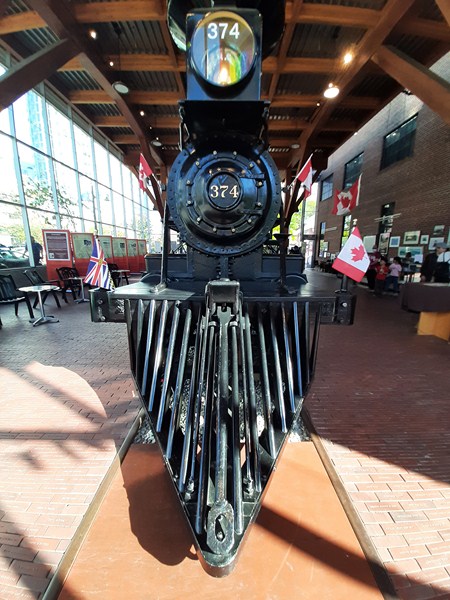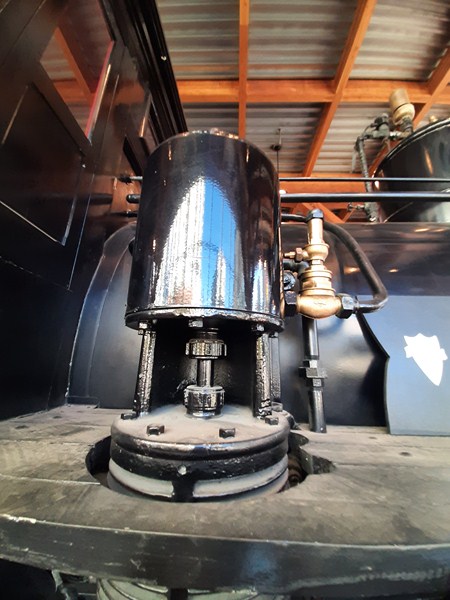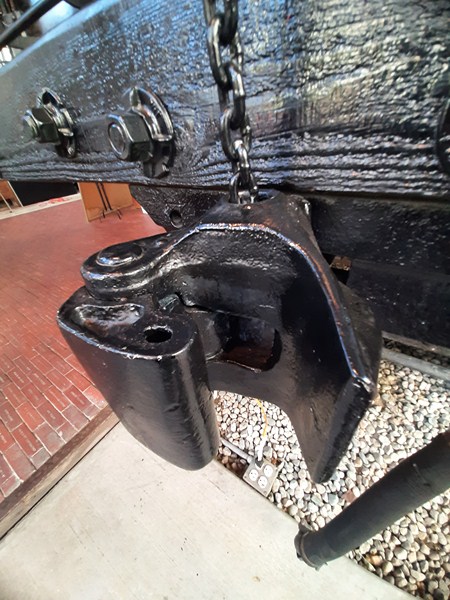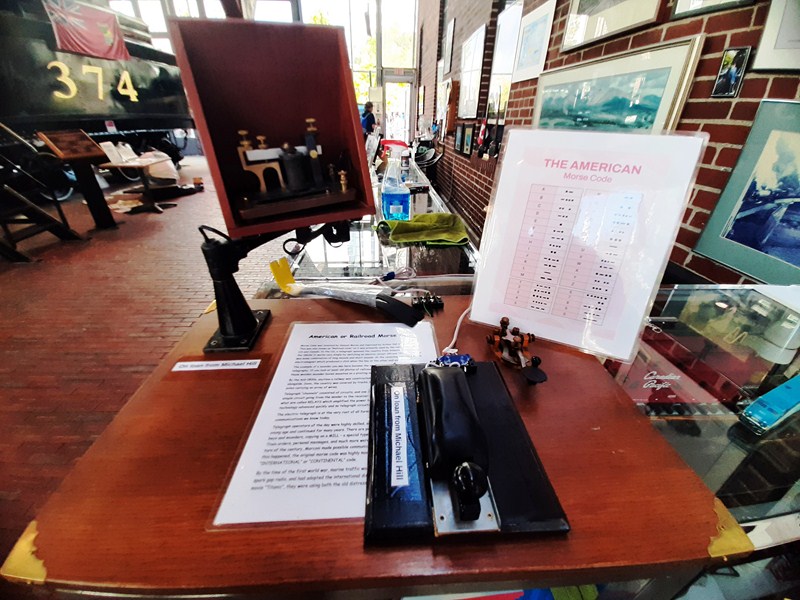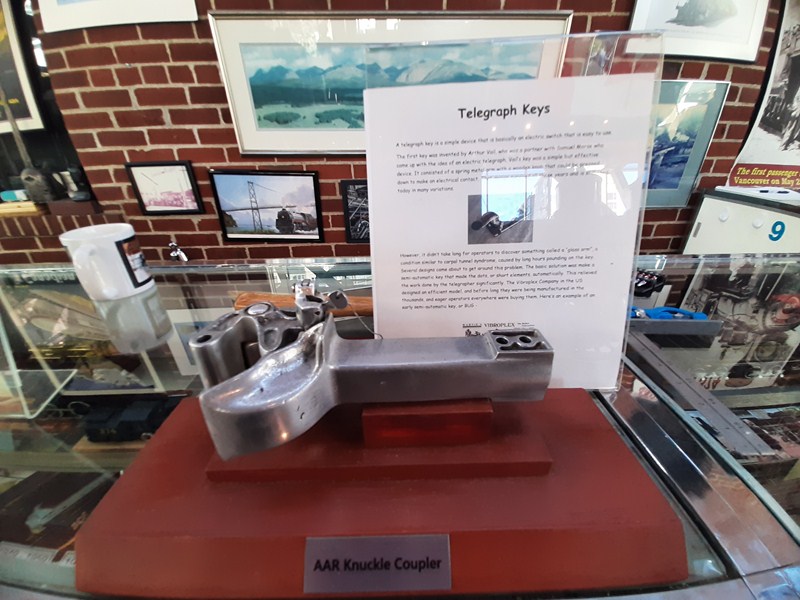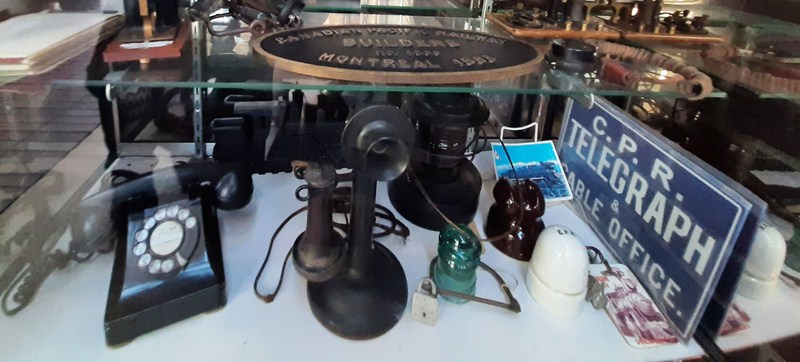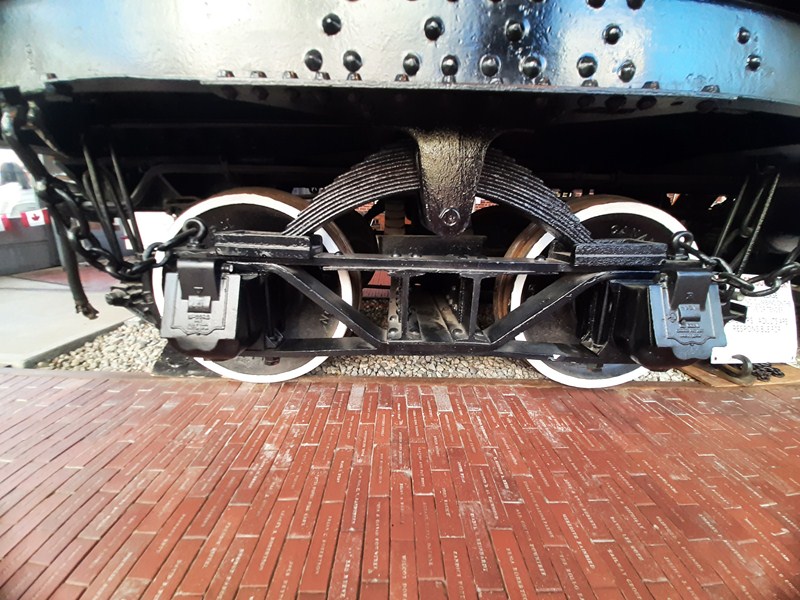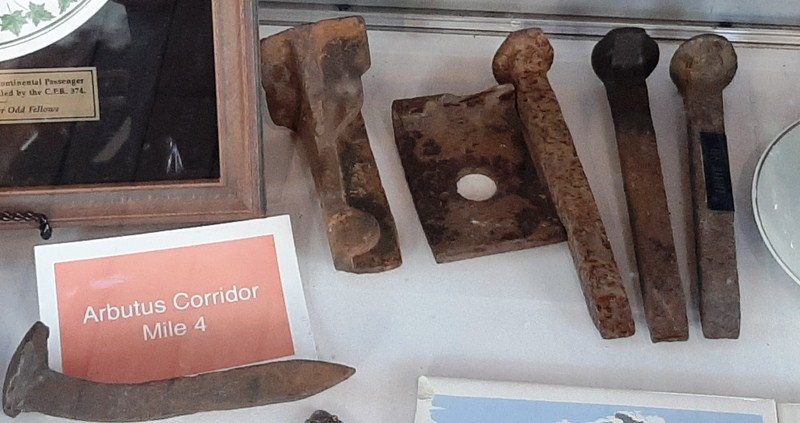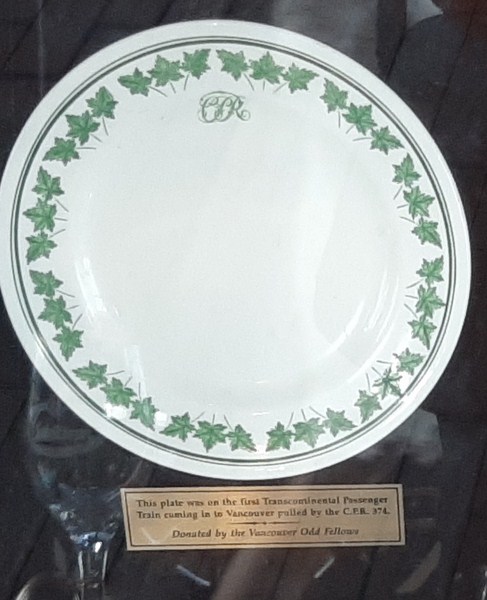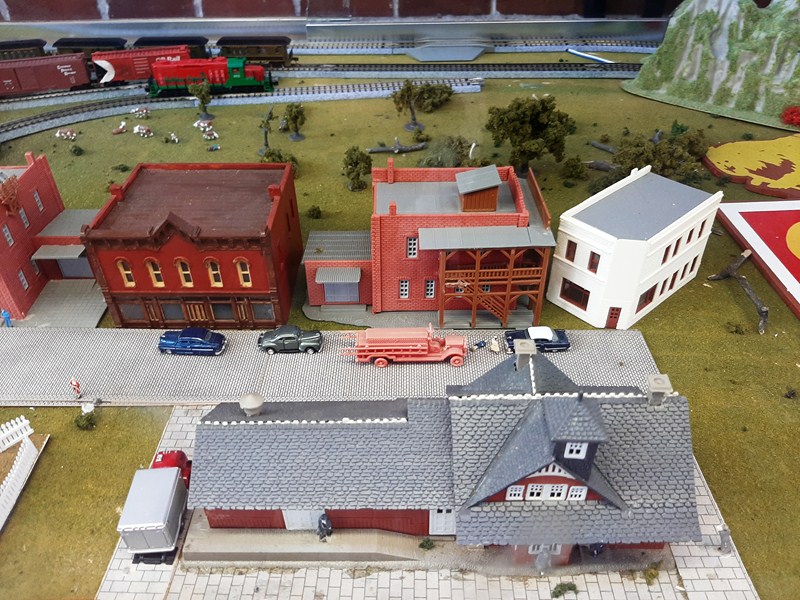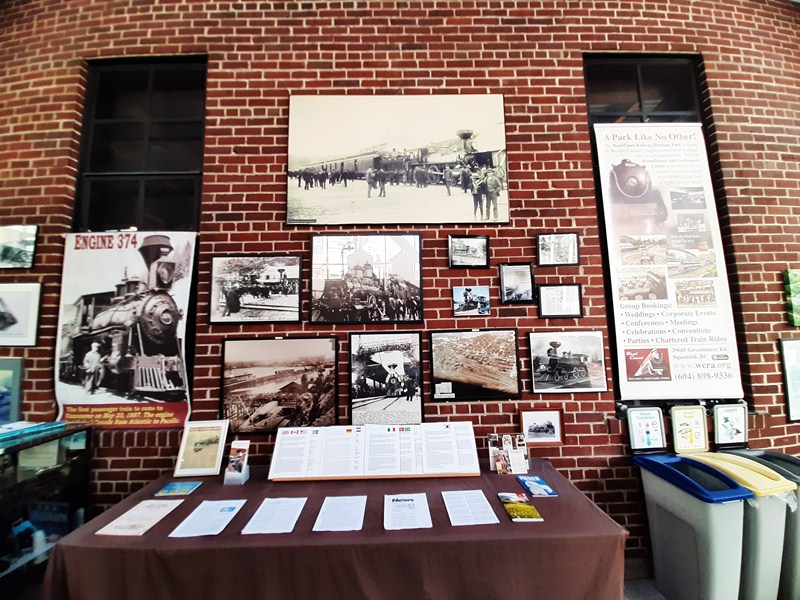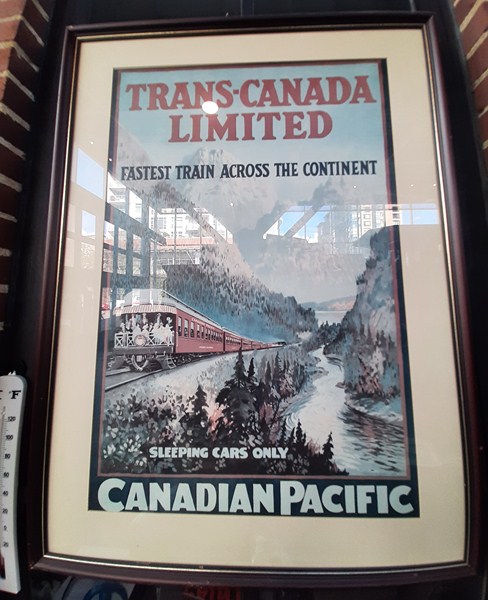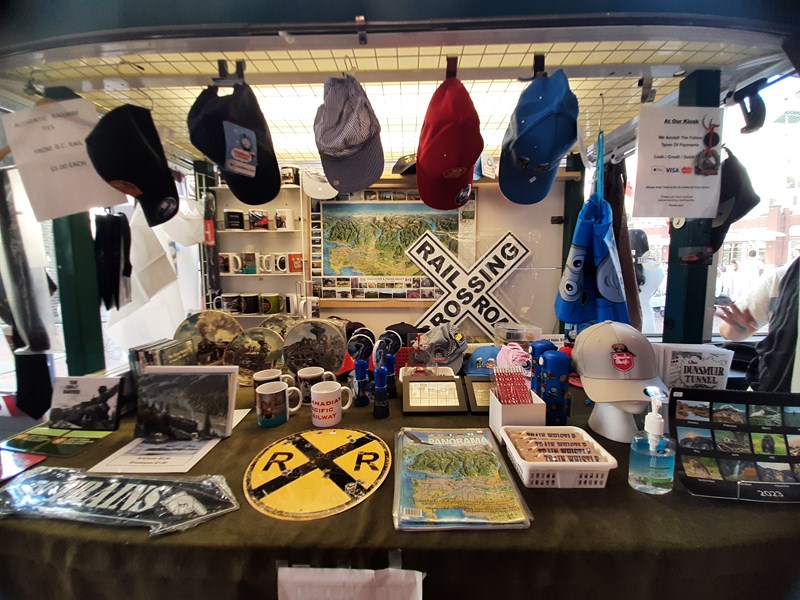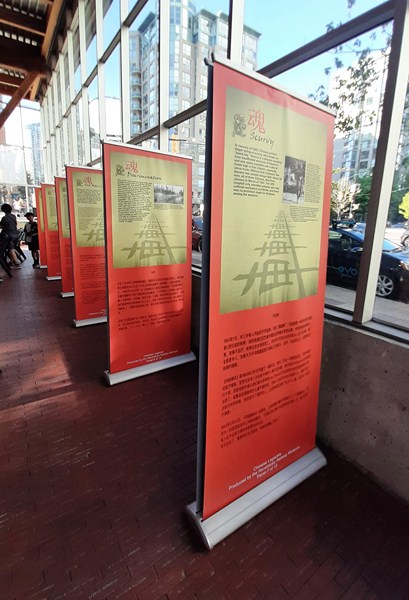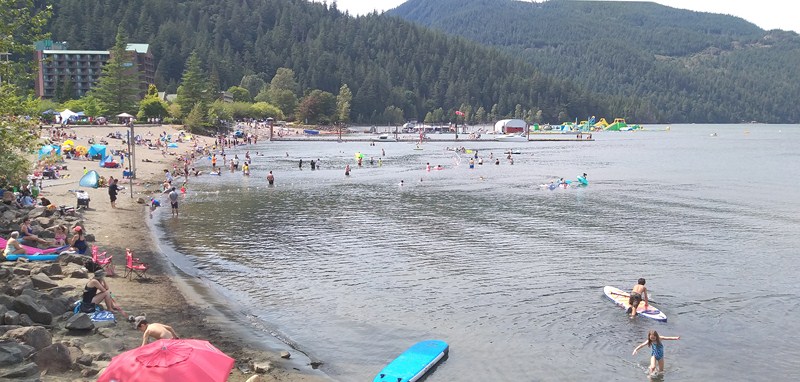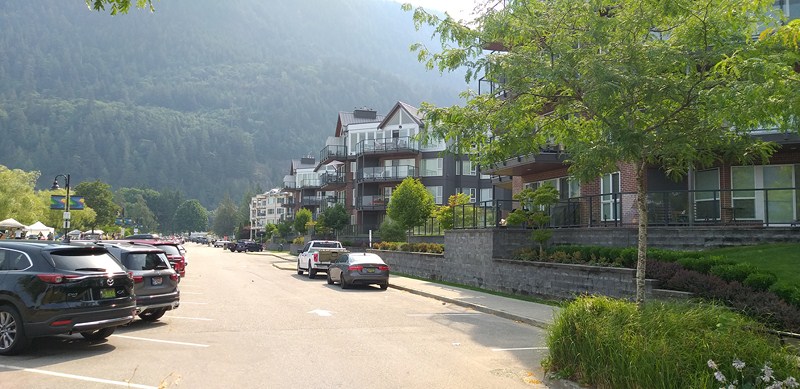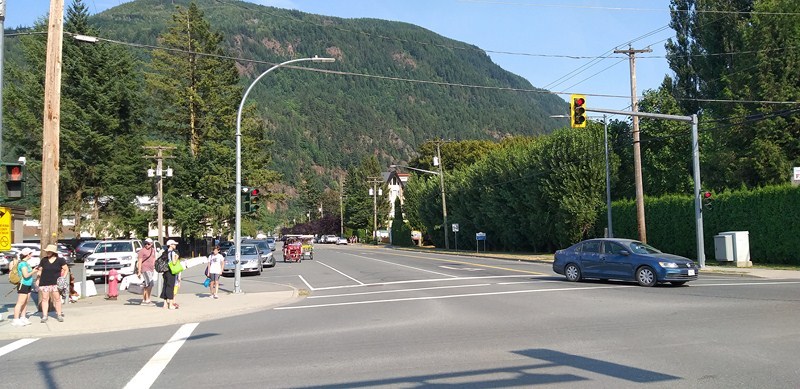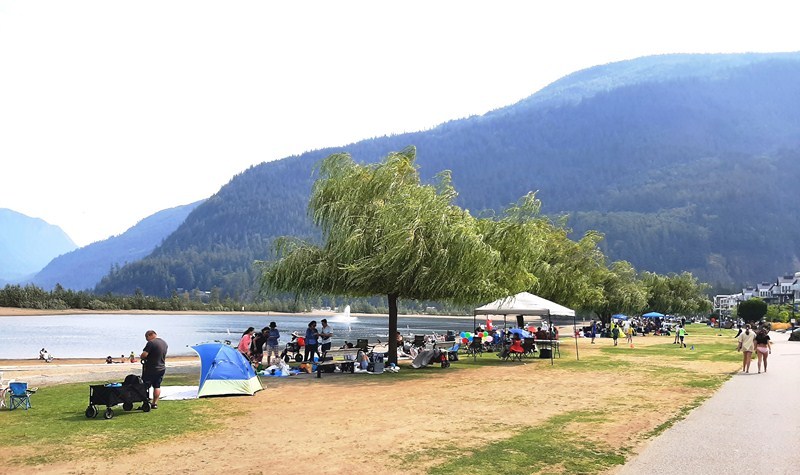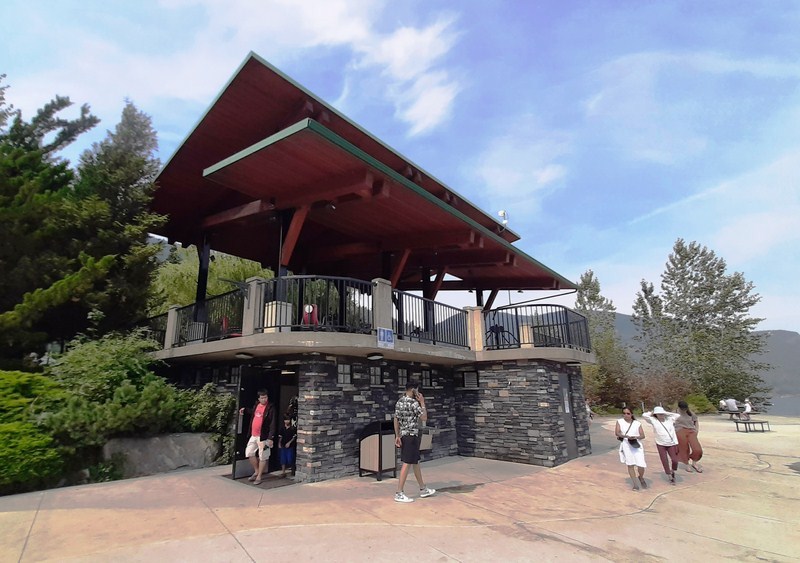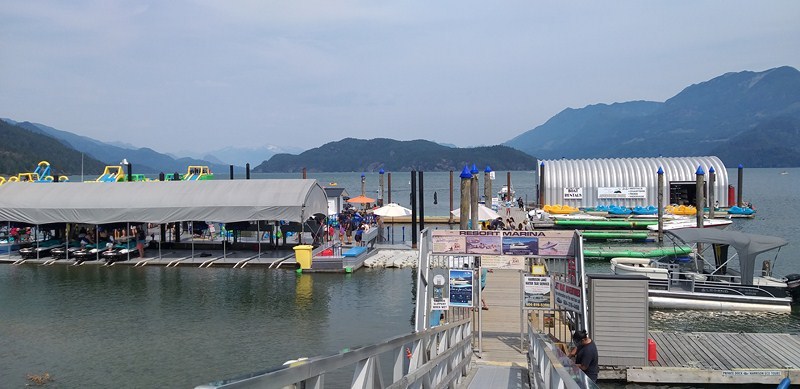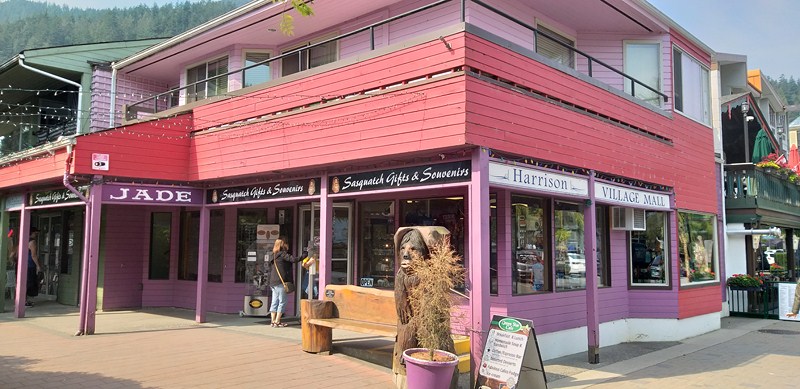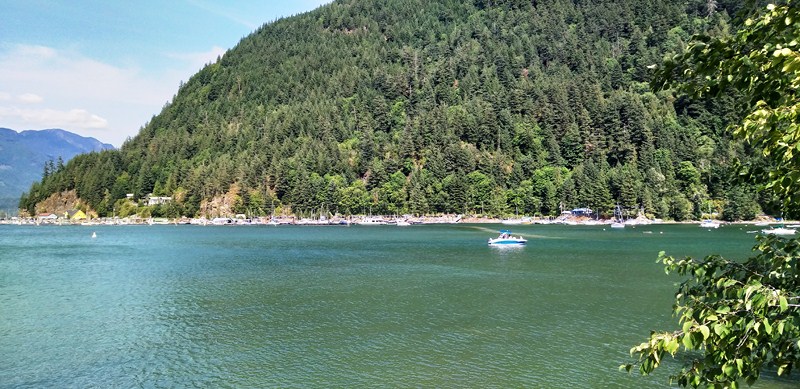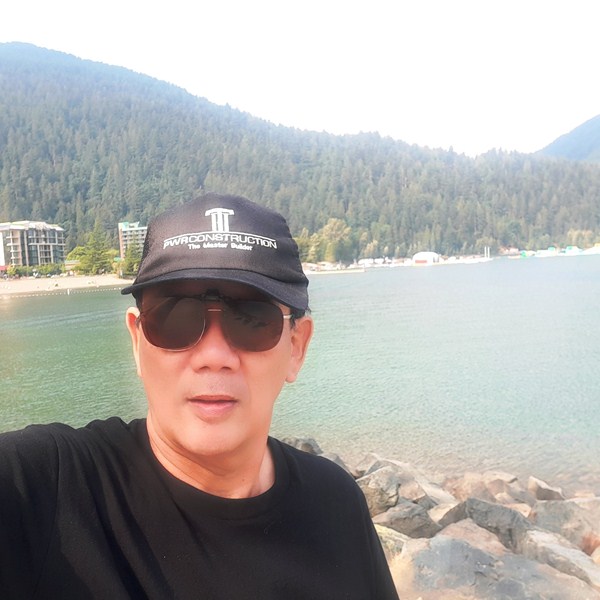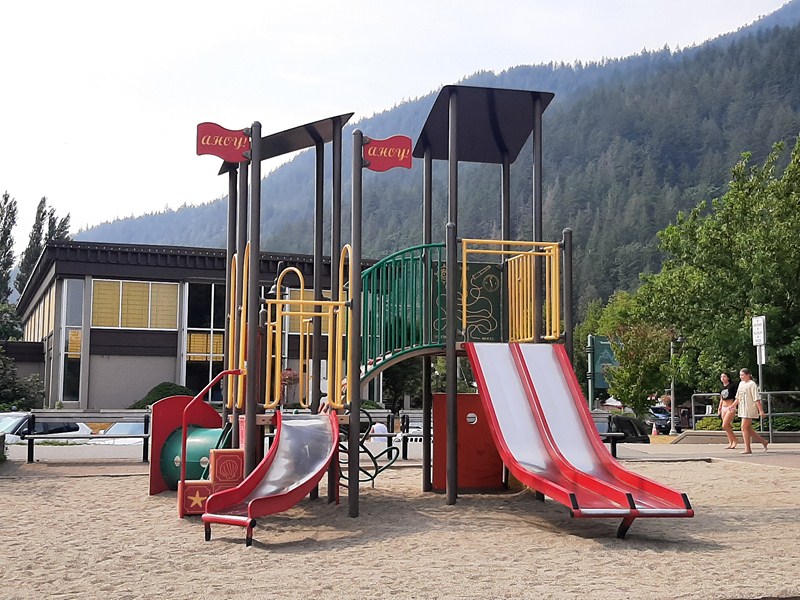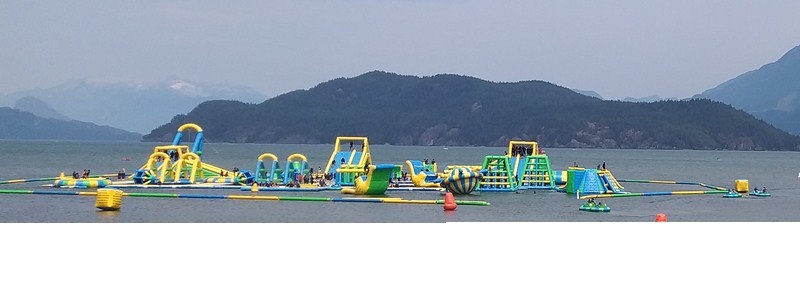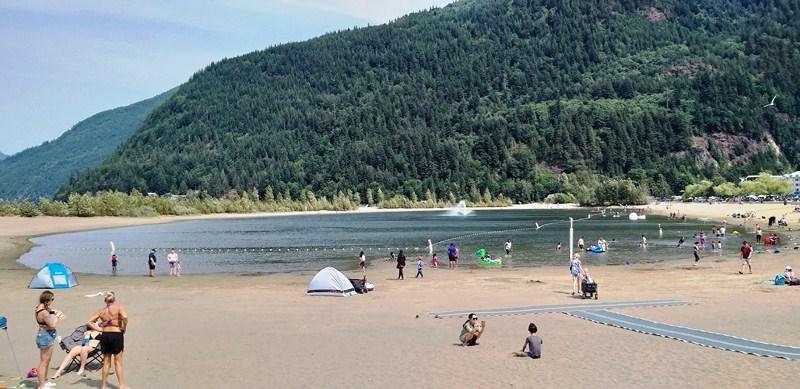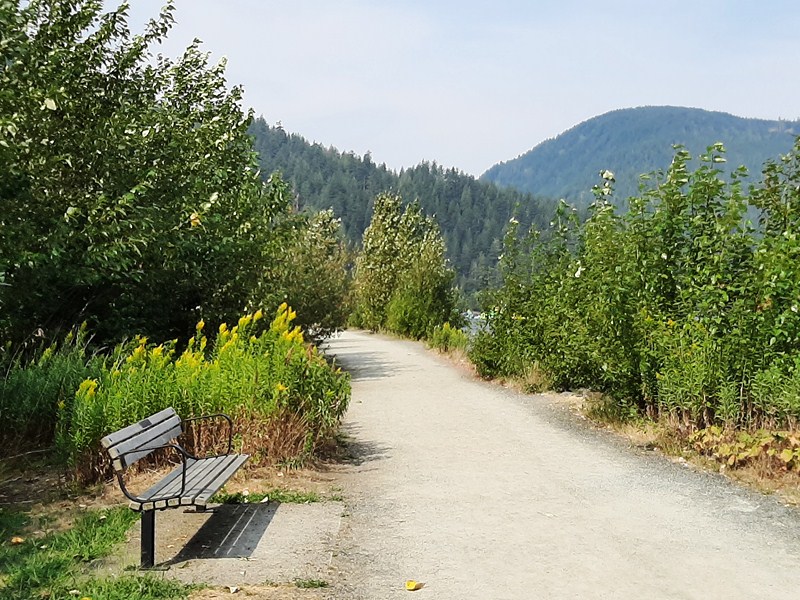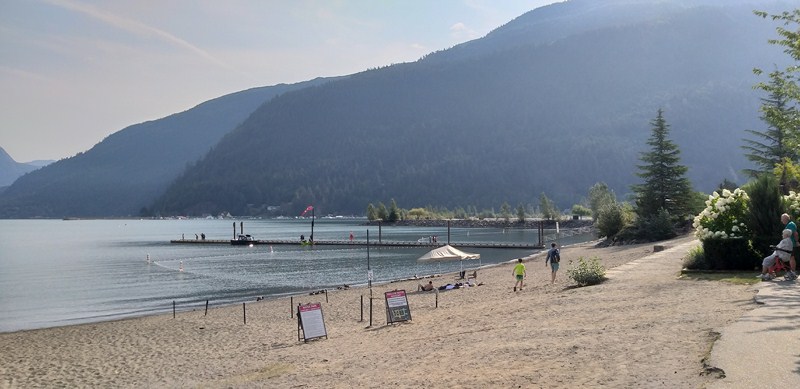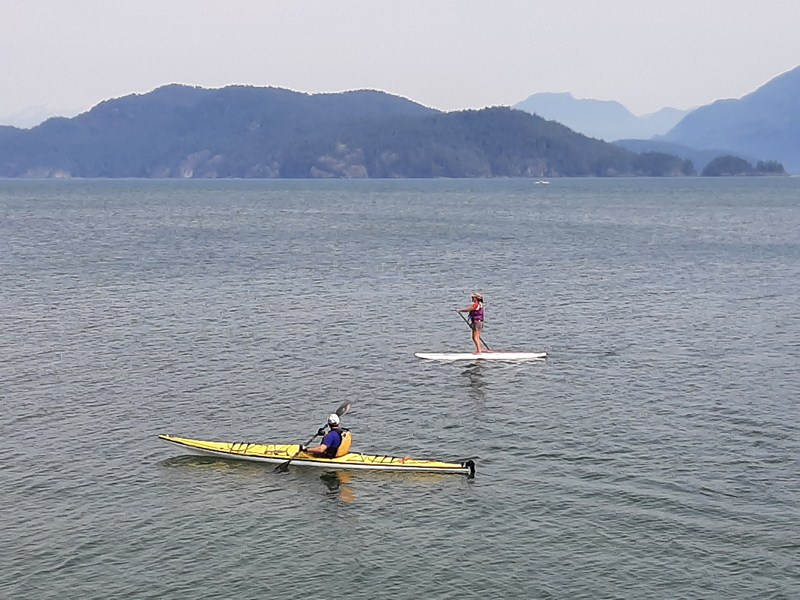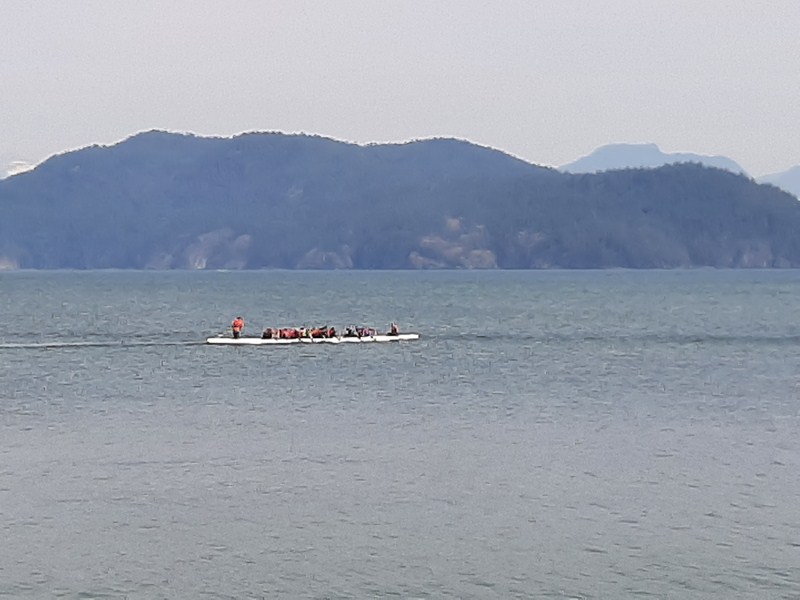This 30-hectare (75-acre) Garry Point Park, a public open-air coastal park situated on the Sturgeon Banks of the Fraser River, was opened in 1989. This popular picnic destination, at the southwestern side of Richmond, near Steveston, is fringed by a sandy, log-strewn shimmering and expansive waterfront, the park’s main appeal. Located next to the Salish Sea, it offers gorgeous and relaxing panoramic views of the Fraser River’s South Arm; the low-rise silhouettes of Vancouver Island and the Gulf Islands and the sunset from across the water.
The park’s southern edge has a string of small, log-strewn sandy beaches backed by tangles of driftwood logs where you can sit and watch the fishing boats, tugs and pleasure vessels coming in and out through the fast-moving waters of the Steveston Harbor.
It features a modern sculpture (Steveston Fishermen’s Memorial), a Japanese garden (Kuno Garden), beach access, good washrooms, a picnic area and plenty of benches. The area was used as a location for filming of the Netflix series Midnight Mass.
The gently rolling grassy areas of Garry Point’s are also ideal for spreading out an impromptu picnic blanket. At the eastern edge of the park are two seasonal concession stand counters -Timothy’s Frozen Yogurt (for sweet treats) and local legend Pajo’s (serves delicious fish and chips).
The park’s understated flora includes colorful bluebells, vibrant azaleas and, every April, the park’s Cherry Tree Garden, undertaken in 2000 during the 35th anniversary of the friendship of the cities of Wakayama, Japan and Richmond, British Columbia. It features more than 250 carefully cultivated cherry trees that form a canopy over a walkway, making this a magnet for cherry blossom fans. During Garry Point’s annual Pacific Rim Kite Festival, in June, you can watch and kite flying, typically flown from a buggy or a board, taking full advantage of the unobstructed breezes.
Dogs are allowed in the park, but they must be leashed; and feeding wildlife and picking plants is not permitted. Dotted around the park are several well-written plaques, some with excellent black and white photos that transport you right back to the Richmond of yesteryear.
Near the entrance of the park is Kuno Garden, a Japanese garden established in 1989 by the local Japanese community in celebration of the centenary of Gihei Kuno, the first Japanese immigrant from Wakayama, Japan who arrived here in 1888, one of many thousands who fuelled Steveston’s fishing industry.
Donated to the city as a part of the centennial project, it is filled with Japanese horticultural features, symbolic stone structures, lantern and rock carefully placed to achieve the ultimate state of Zen.
The striking, 25-ft. high, aluminum, bronze and stone Steveston Fishermen’s Memorial, towering over the waterfront, recalls the importance of fishing. Shaped like a giant fishing net needle, it’s a stirring public art reminder of those who have been injured or lost their lives to the industry over the years. Its base is engraved with the names of hundreds of fishermen who lost their lives for their communities. Created by artists George Juhasz and Georg Schmerholz, it was unveiled to the public in 1996.
Along the park’s circuit trail is Scotch Pond, a historic moorage site on the north end of the park that is an evocative reminder of the past. Home of the Scottish Canadian Cannery, it is one of more than a dozen similar operations that once dotted the Steveston shoreline. Built in 1899, there are still remnants of the raised wooden walkway that once led across the water to this cannery as well as a large, barn-like structure, on piles, that once housed a busy, family-run boatworks that was constructed here in 1905
Garry Point Park: 12011 Seventh Ave., Richmond, British Columbia V7E 4X2. Open 2 hours. Tel: (604) 244-1208.
How to Get There: Garry Point Park is a short stroll from the centre of Steveston Village; reach it on foot via a wide walkway that runs alongside the Gulf of Georgia Cannery National Historic Site. Steveston is easily reached by public transit.

